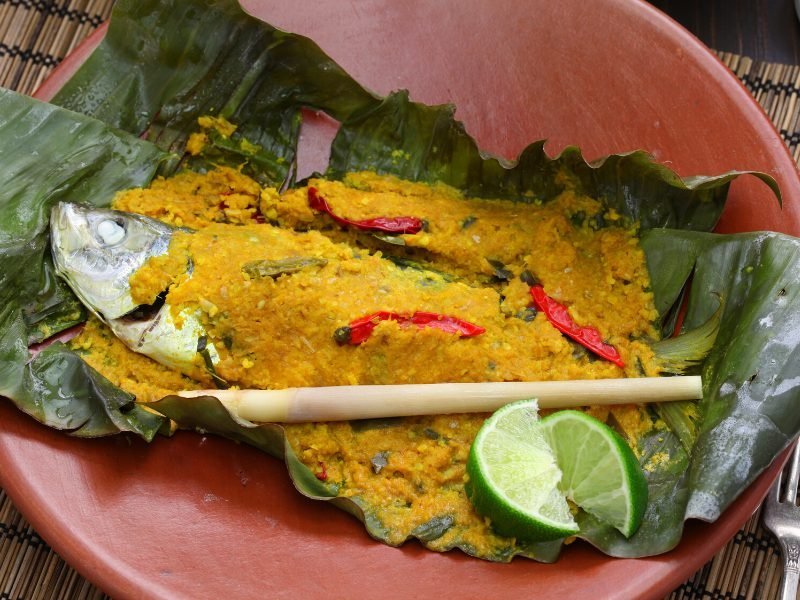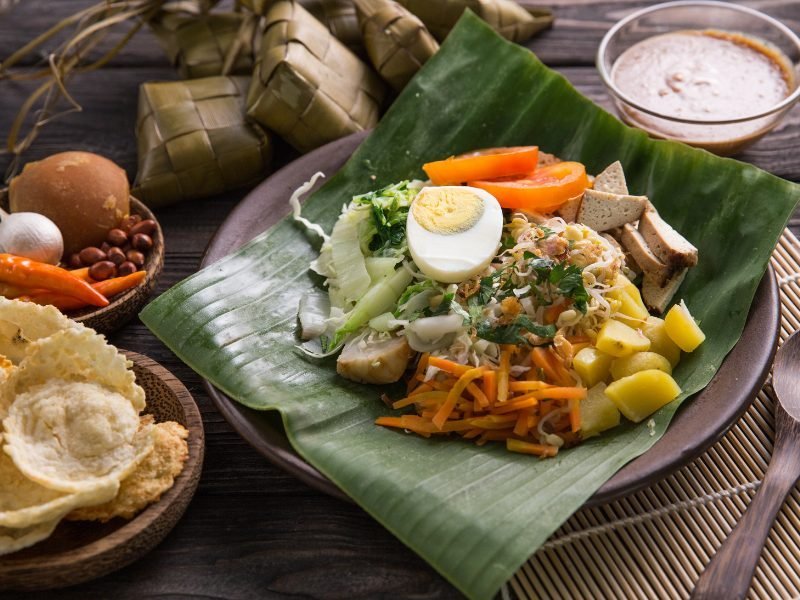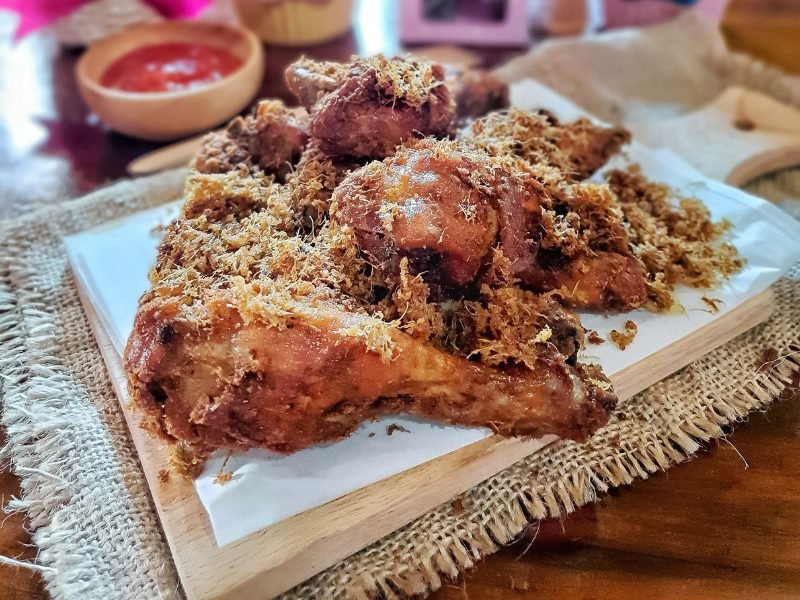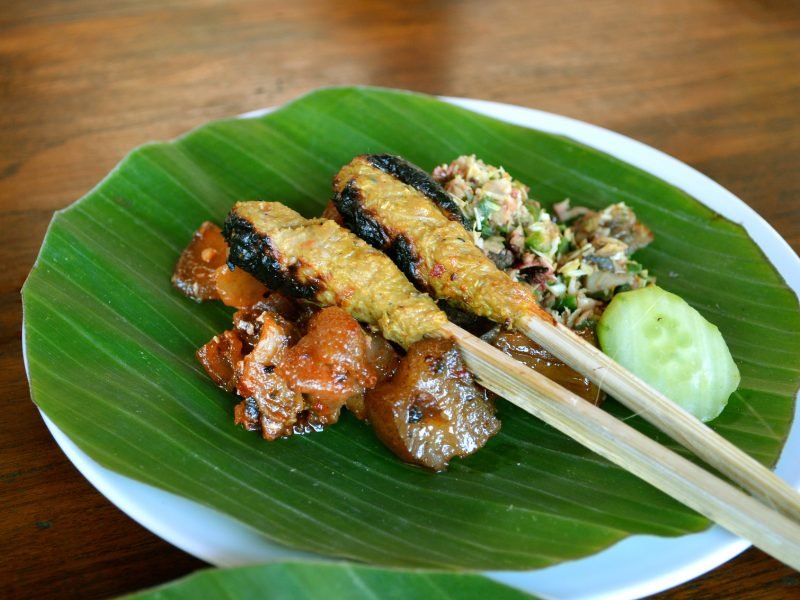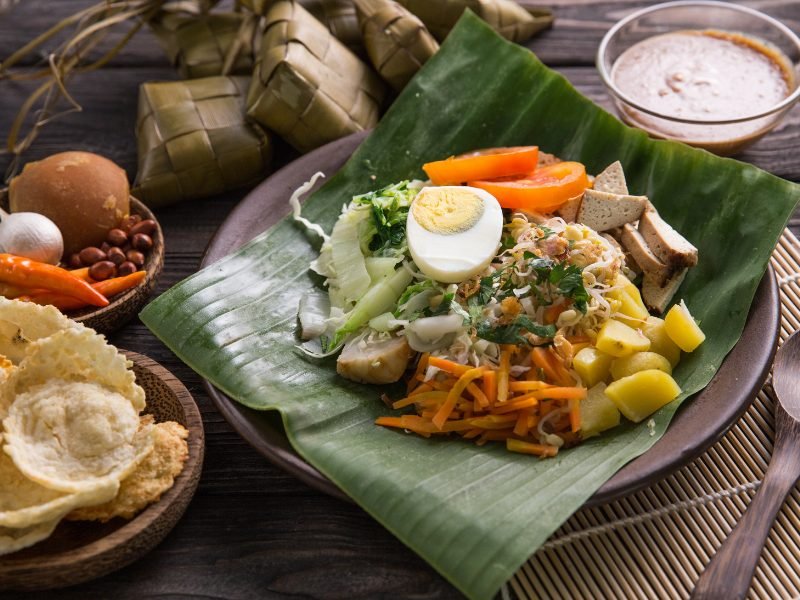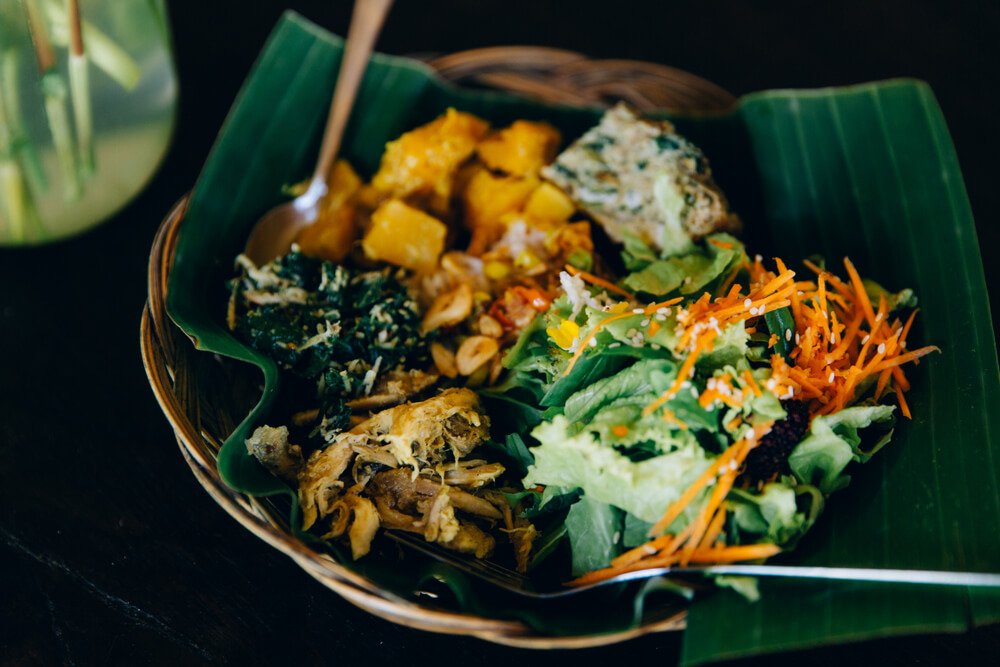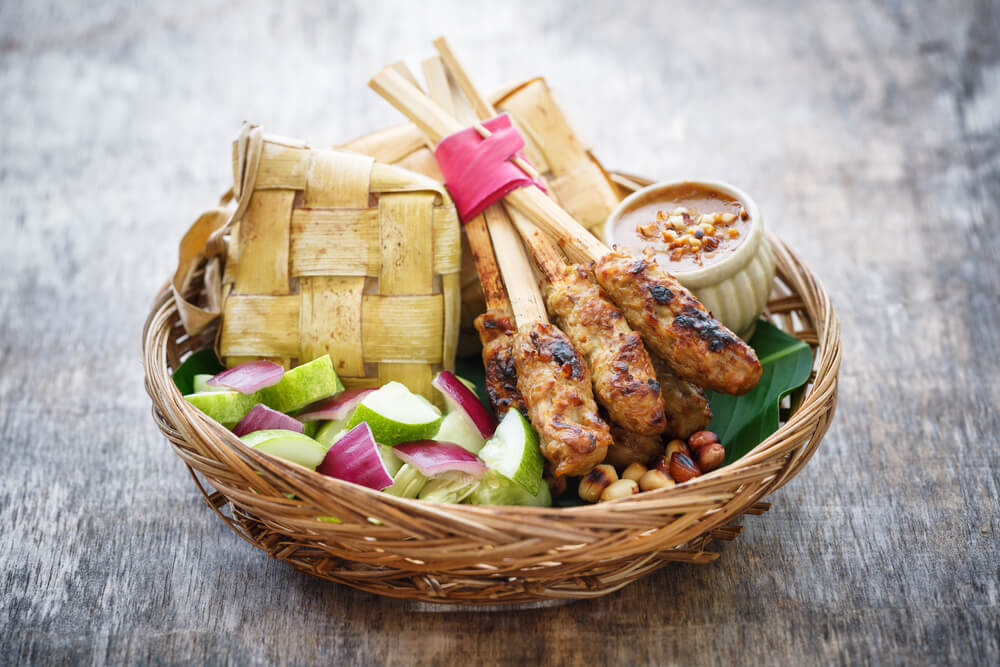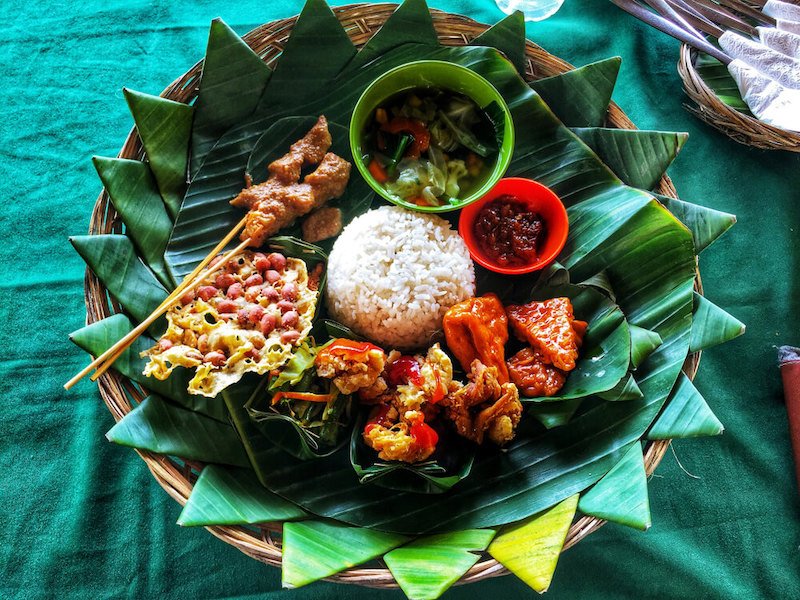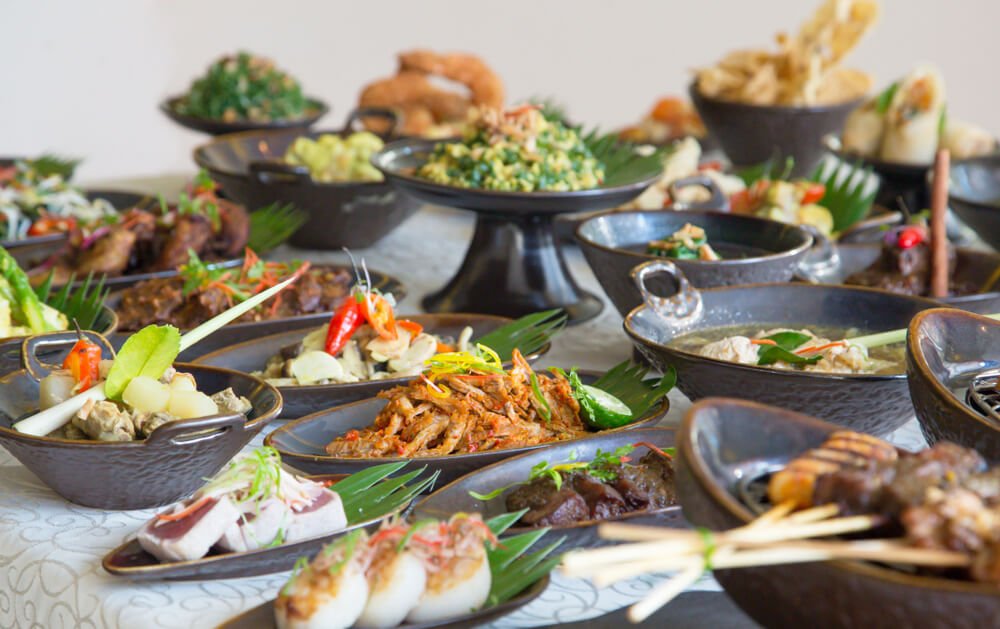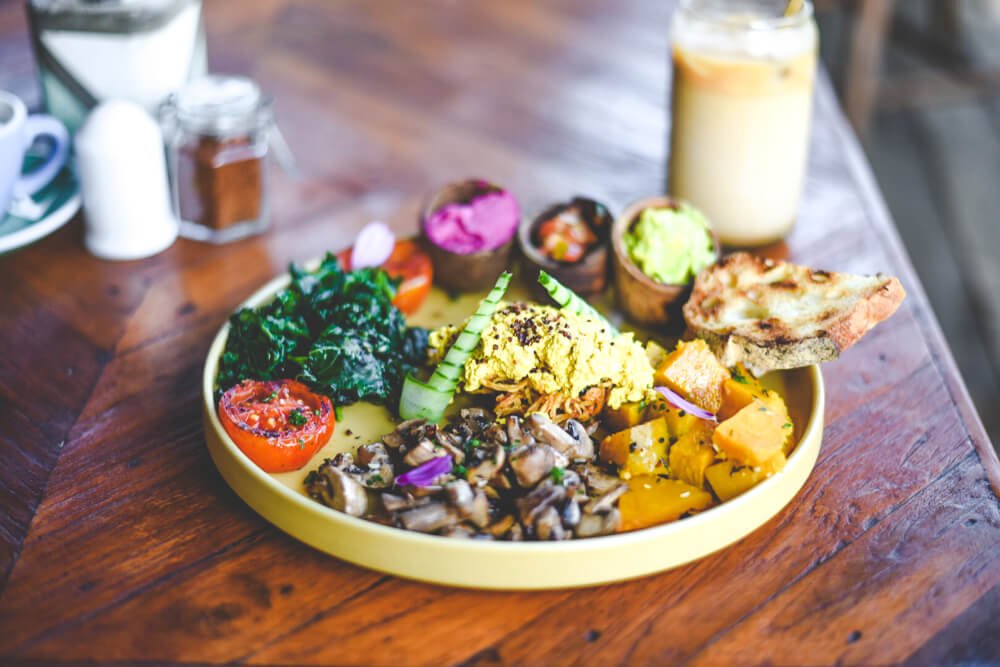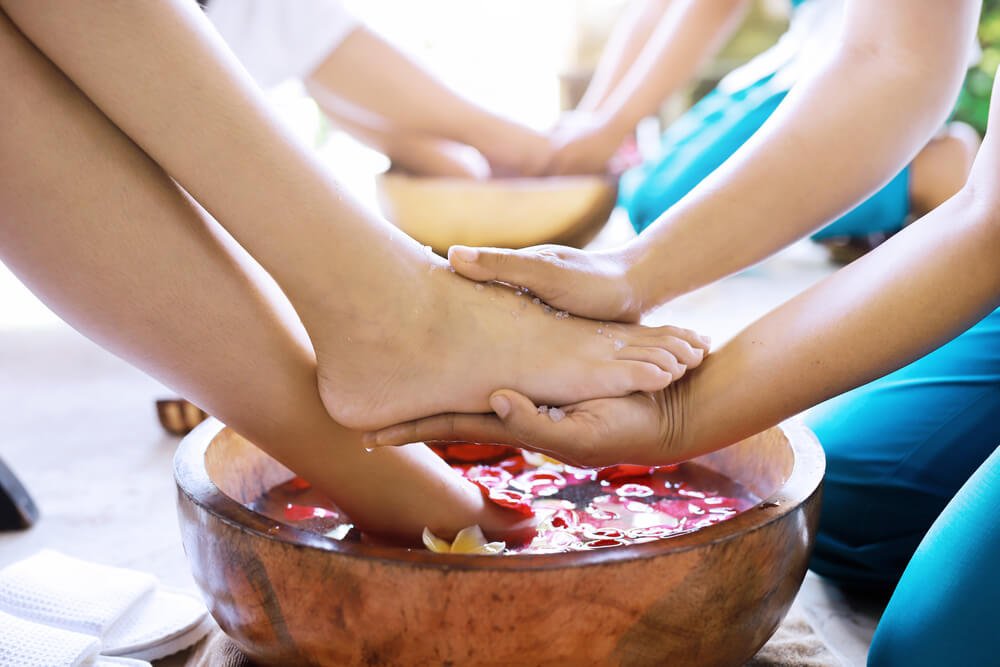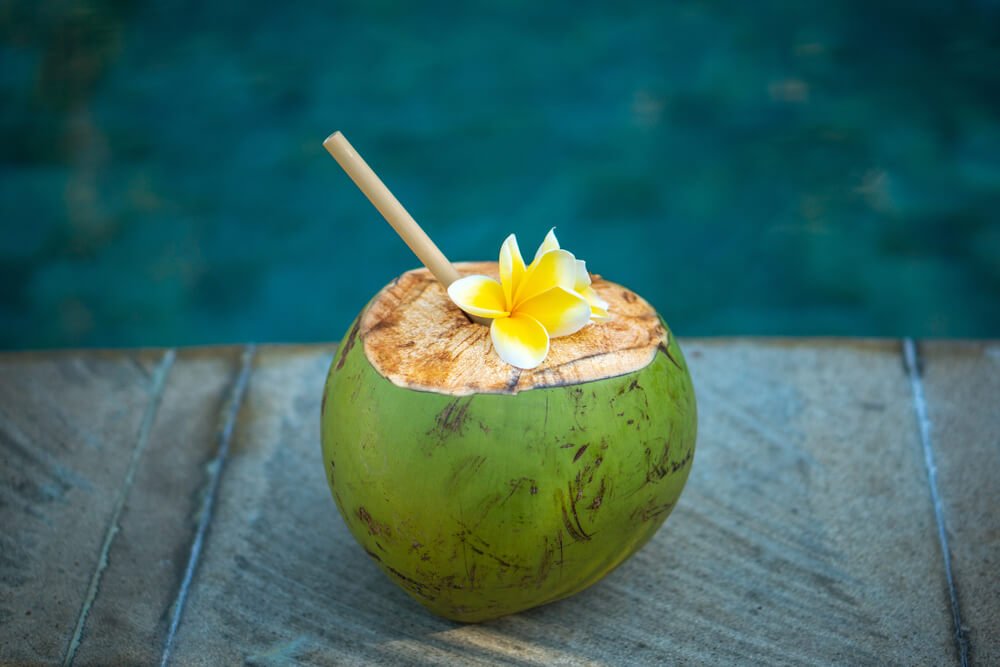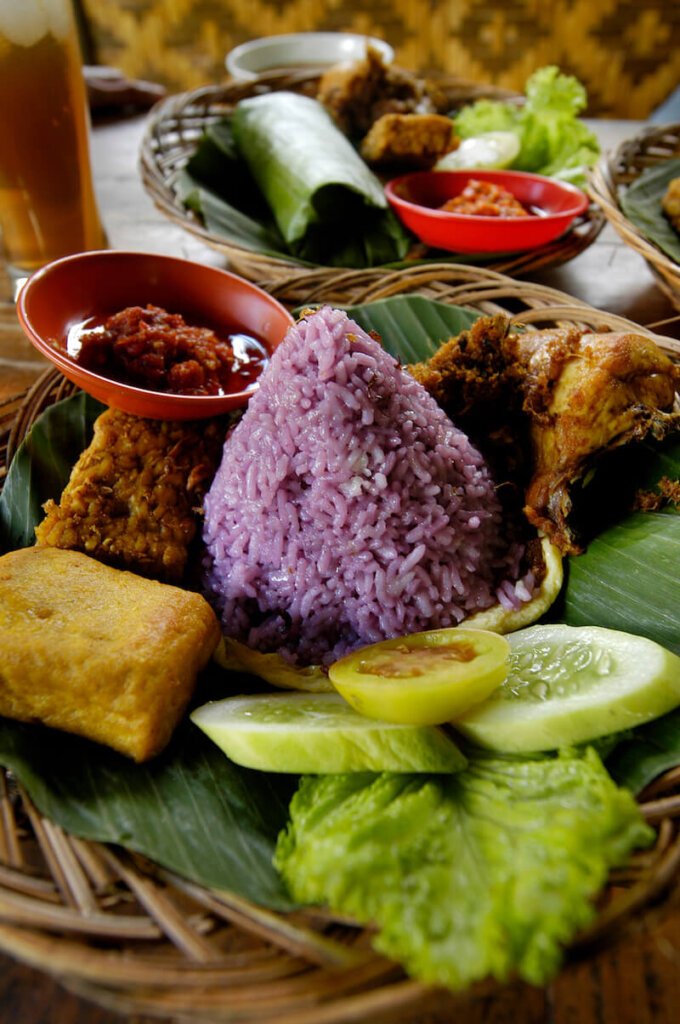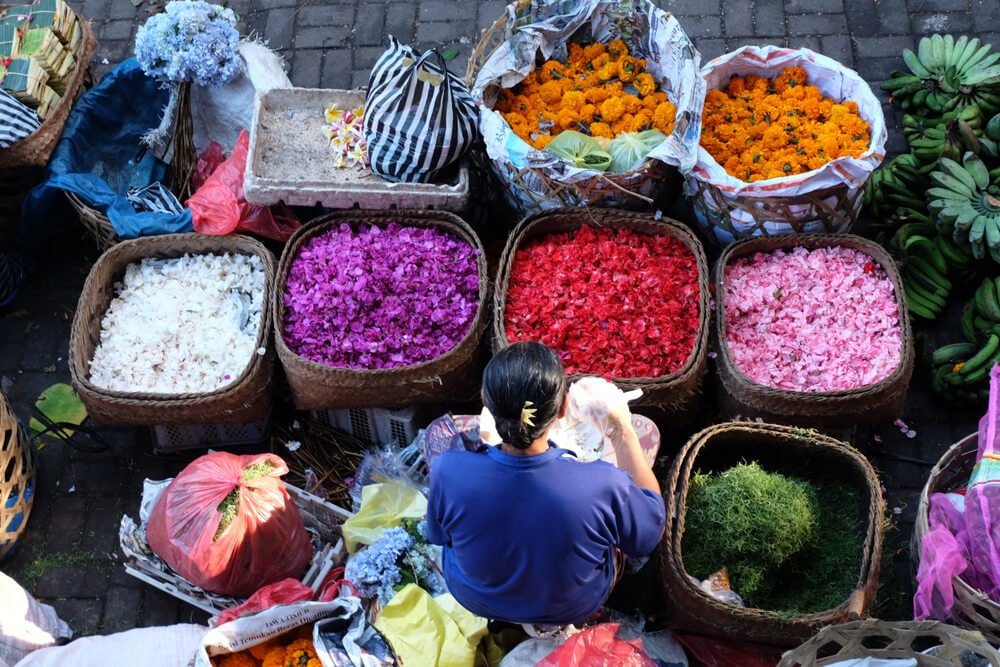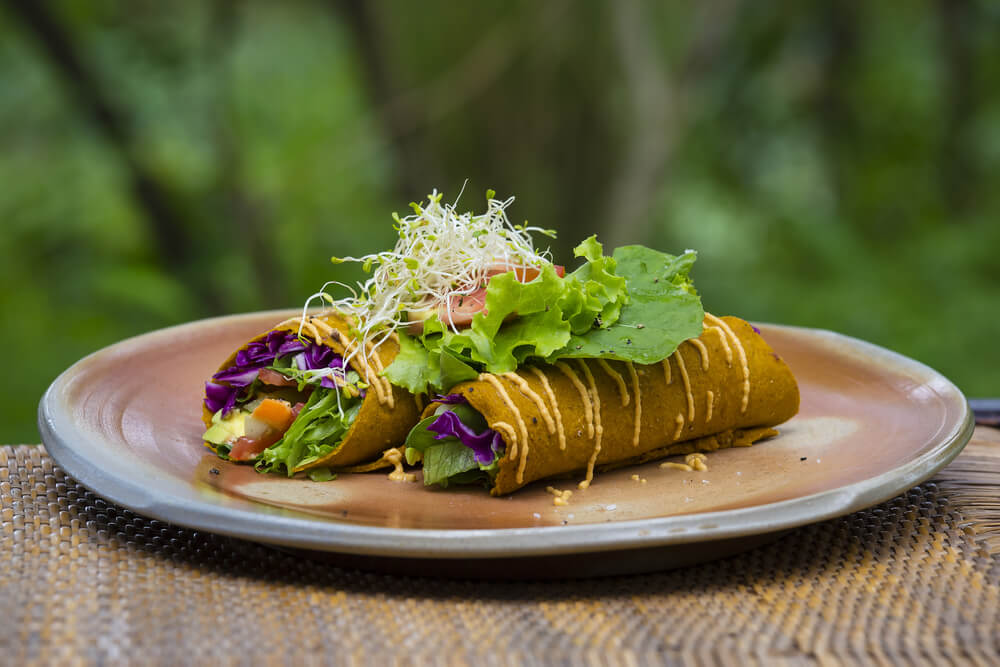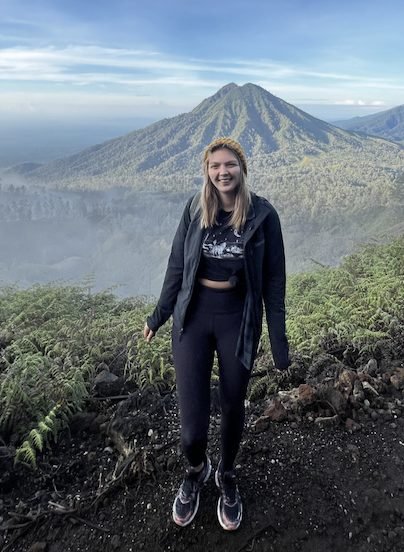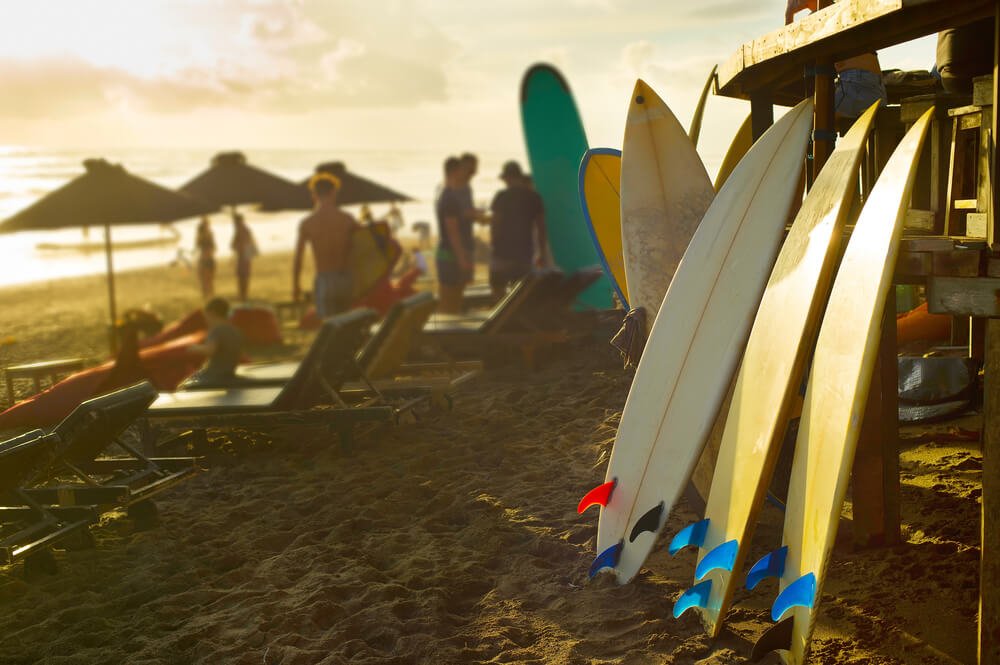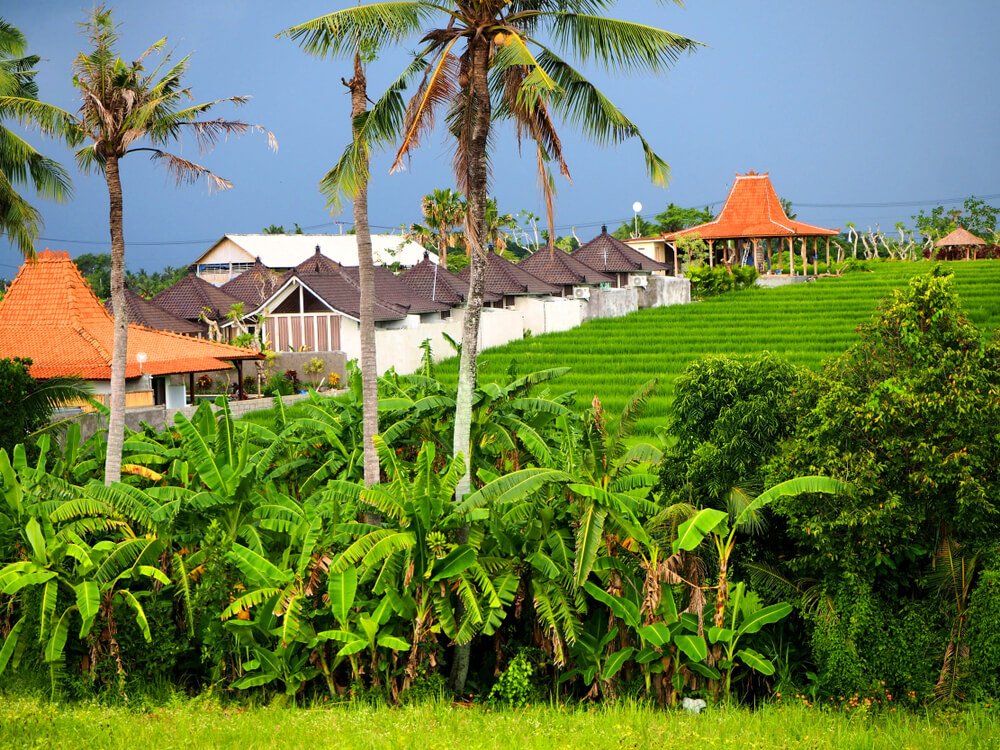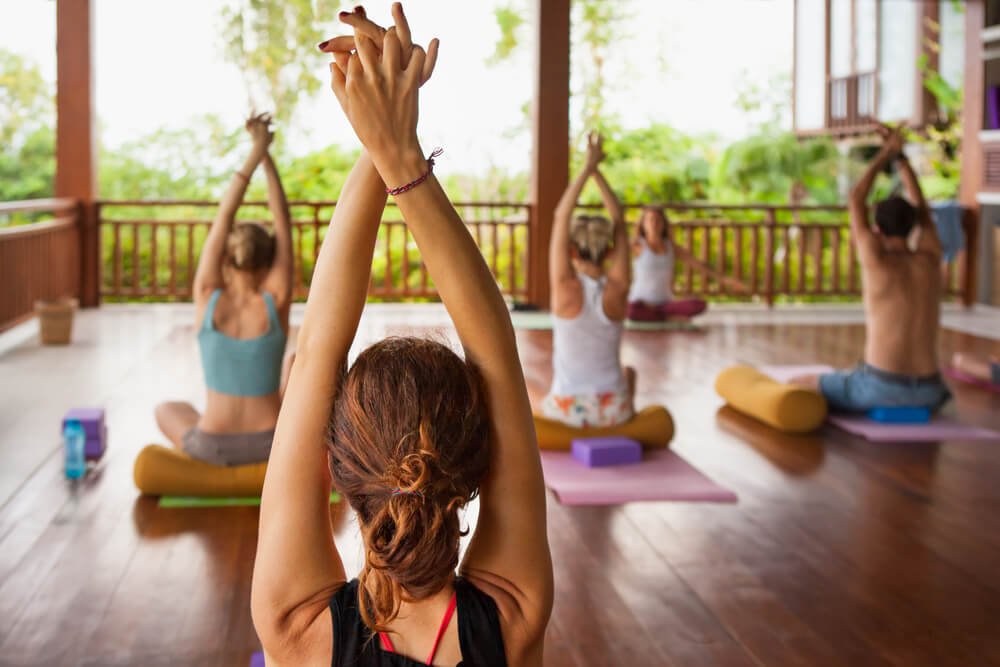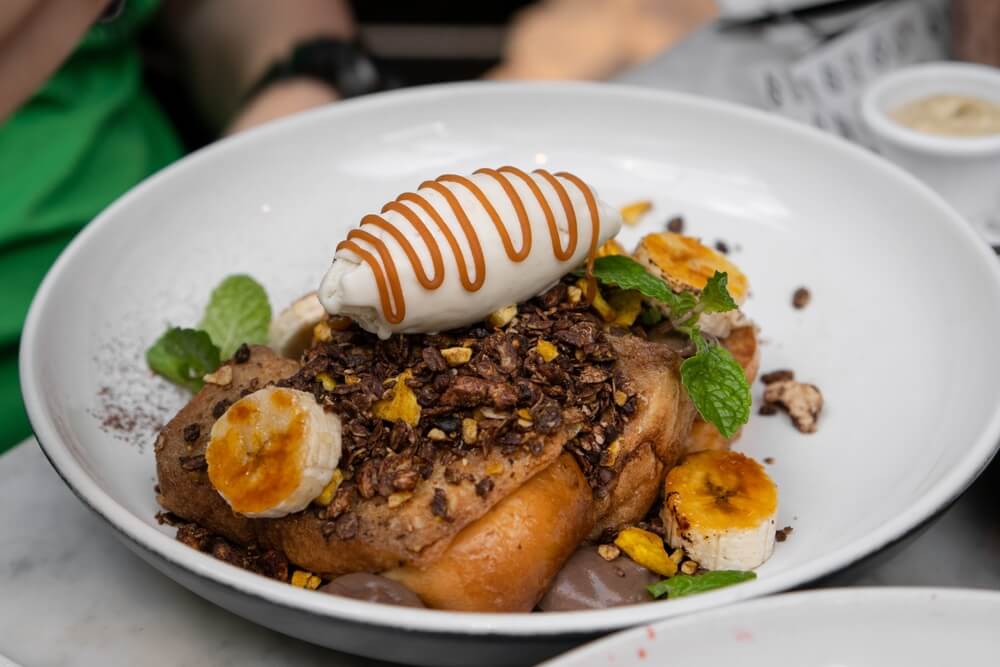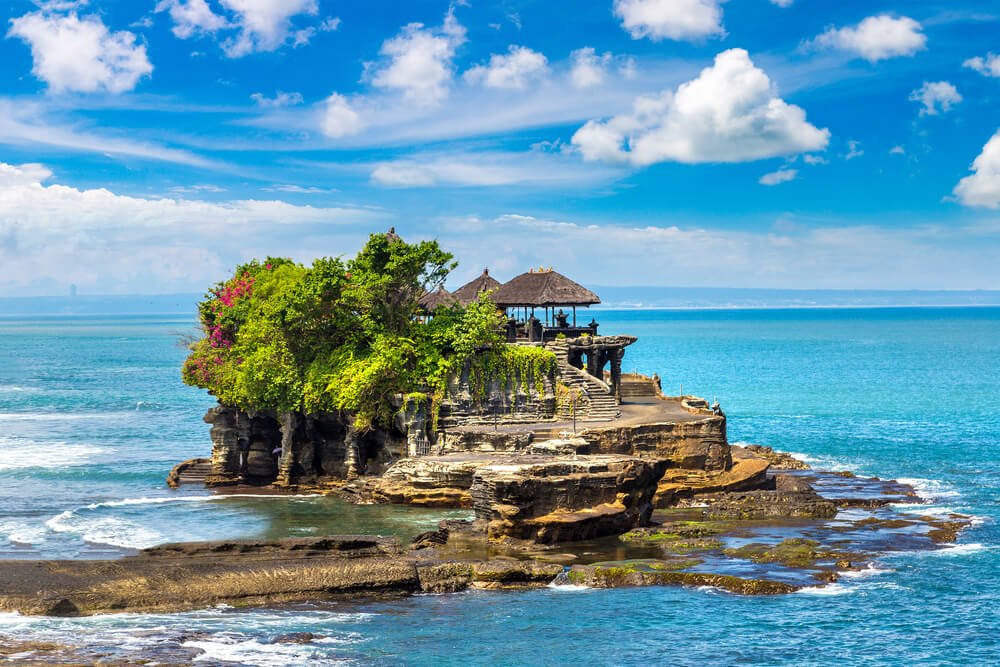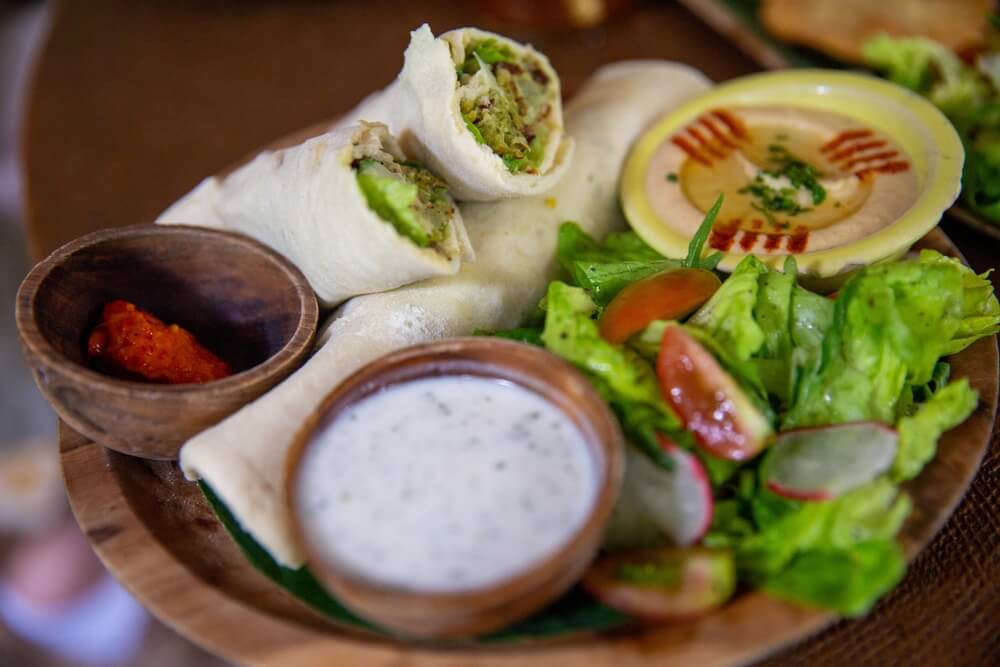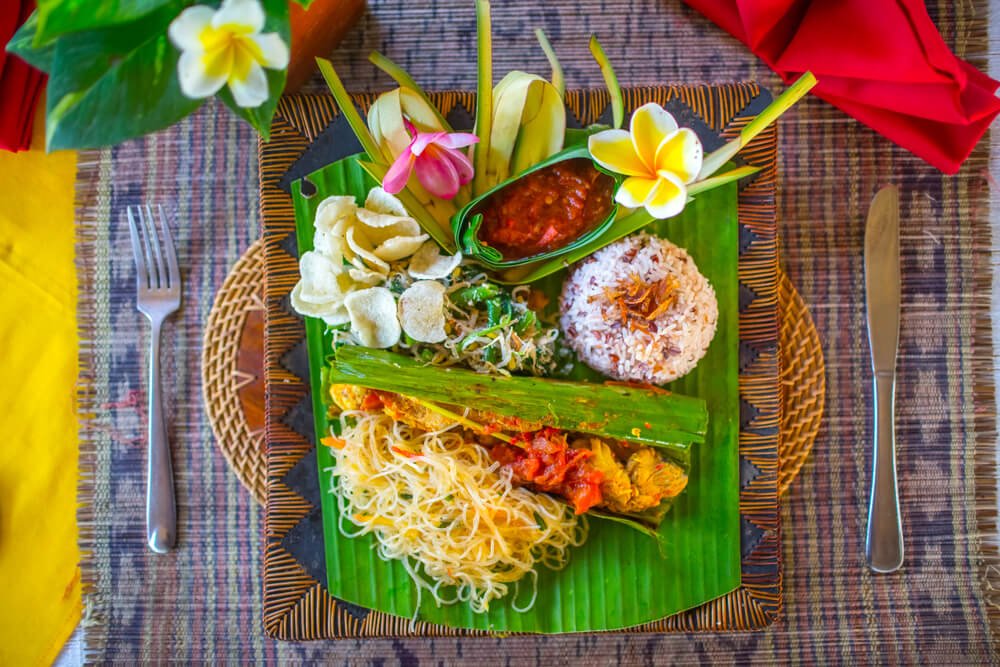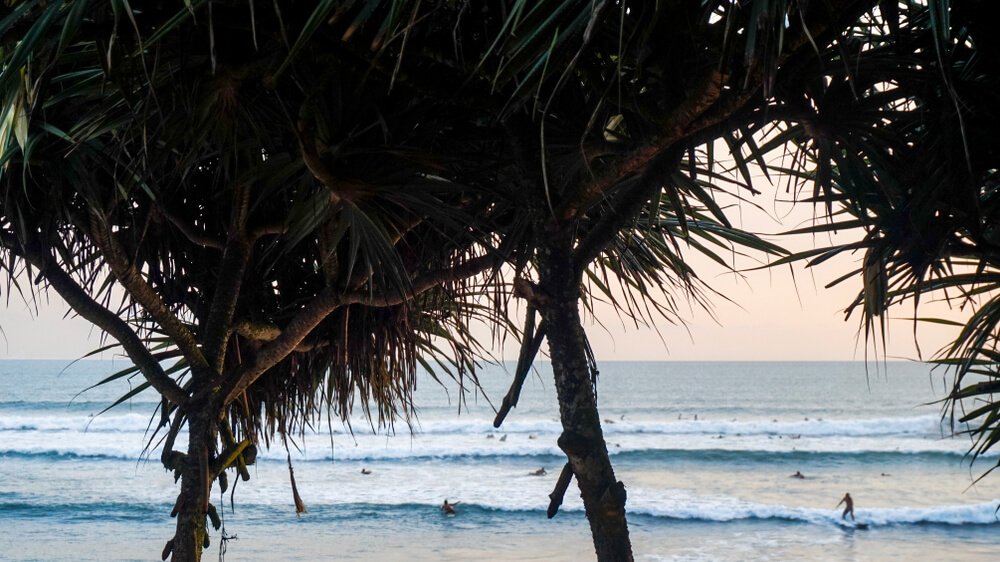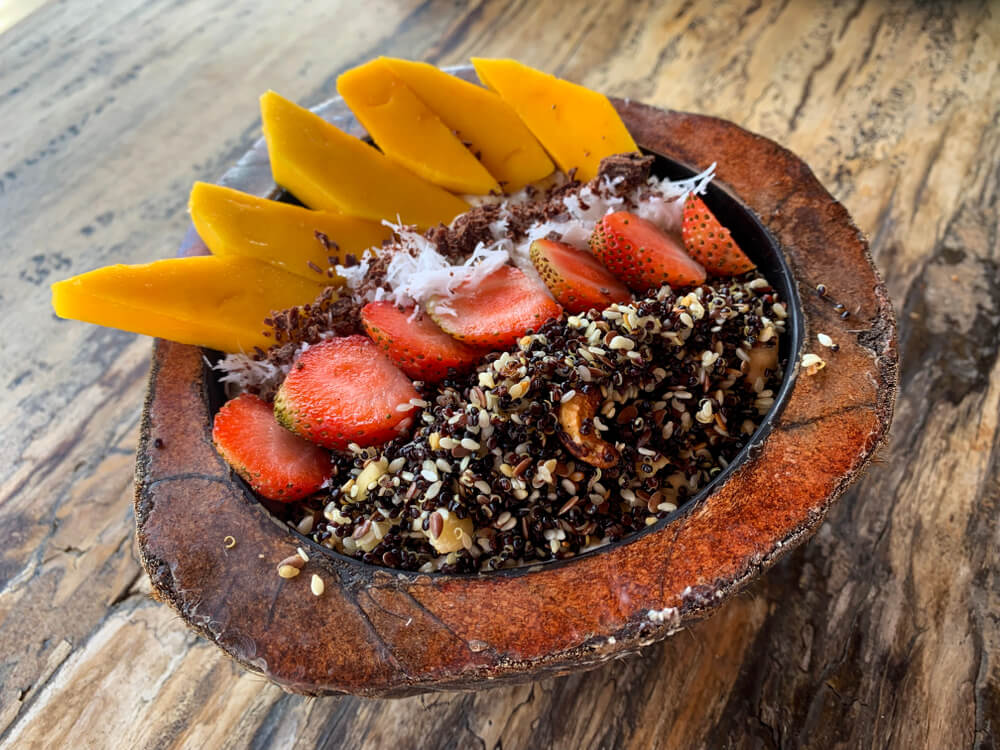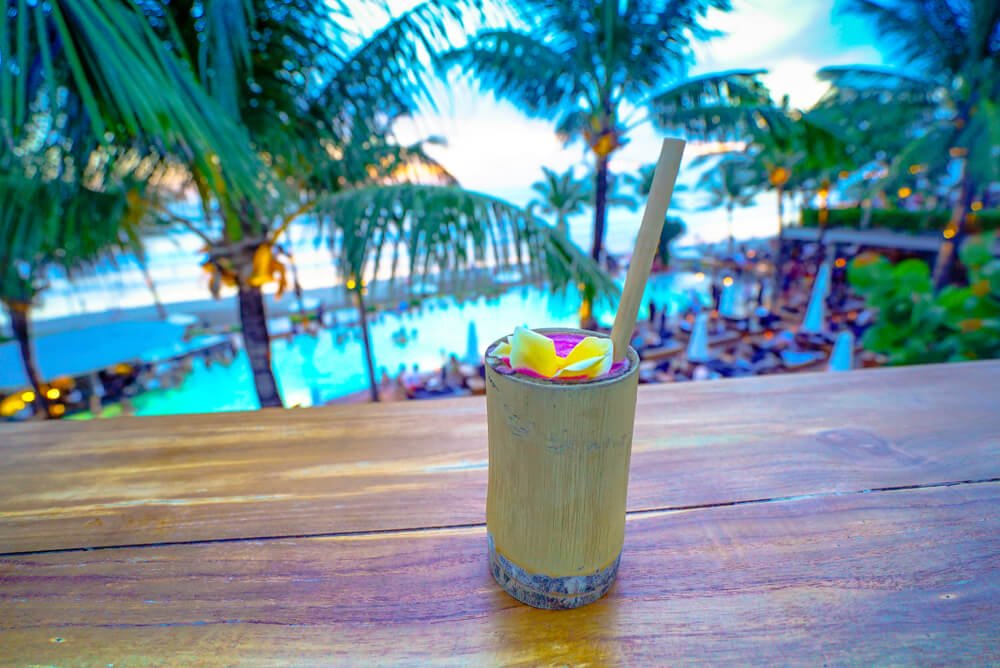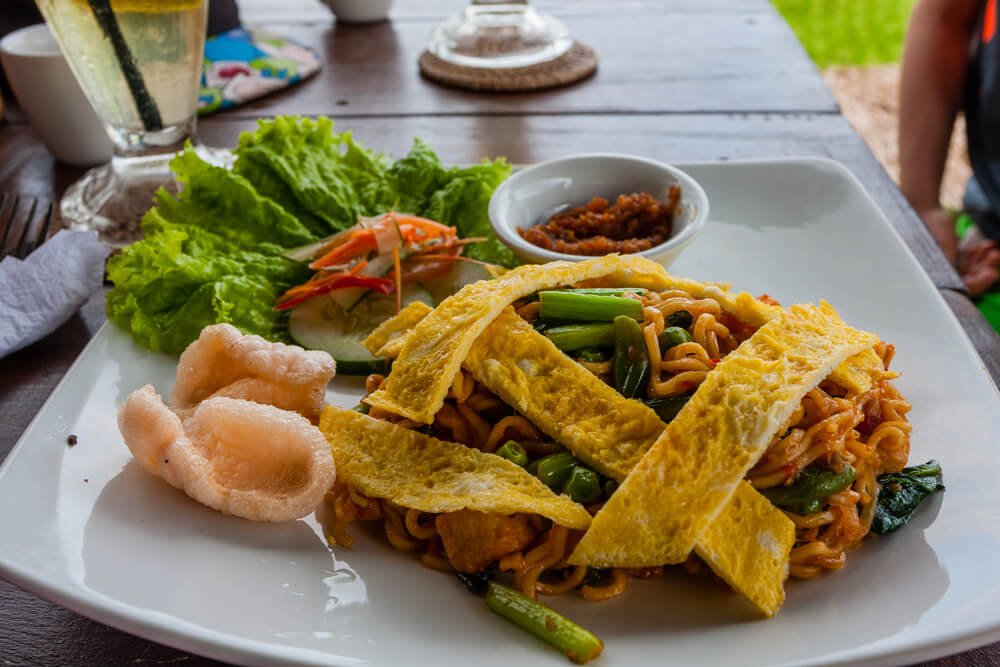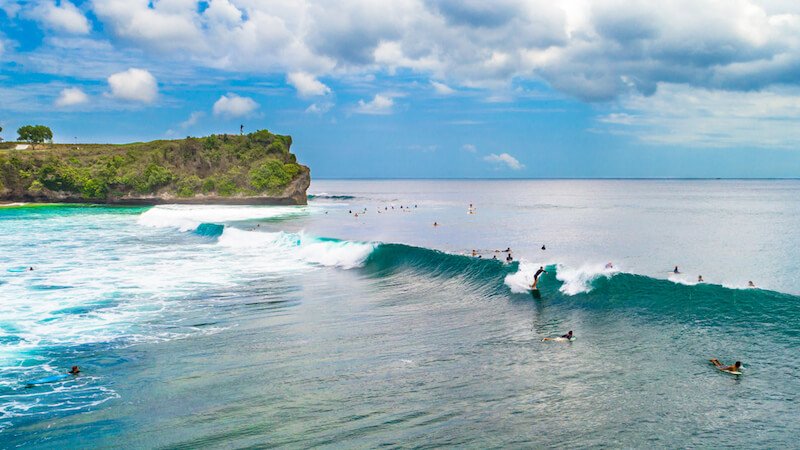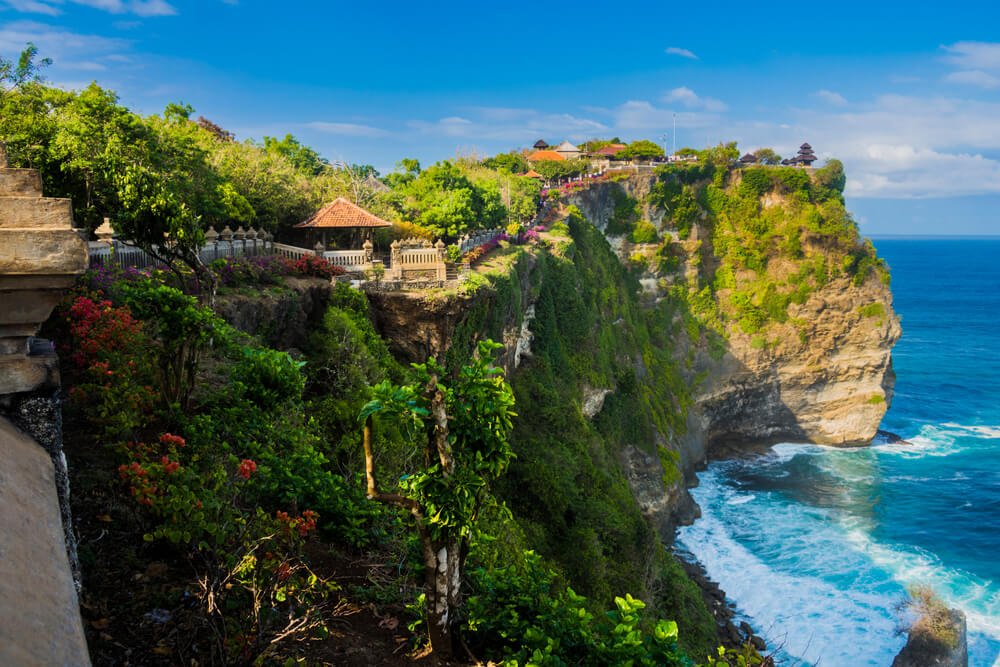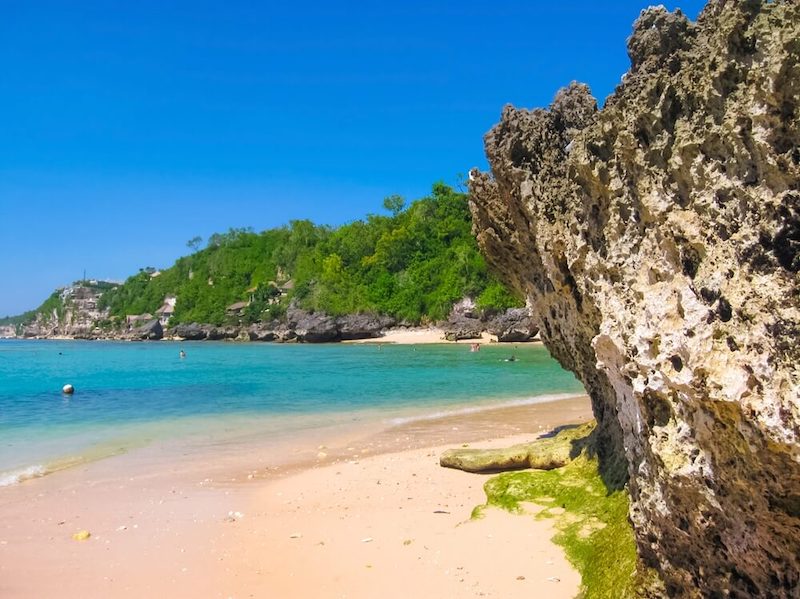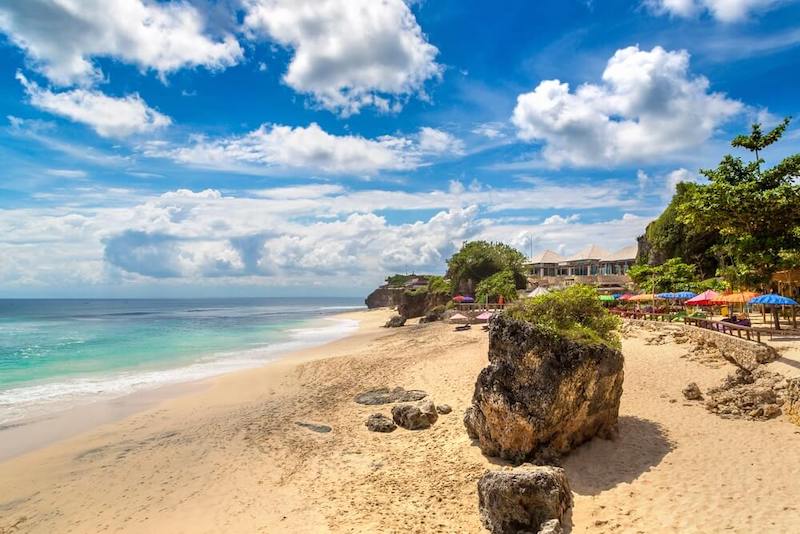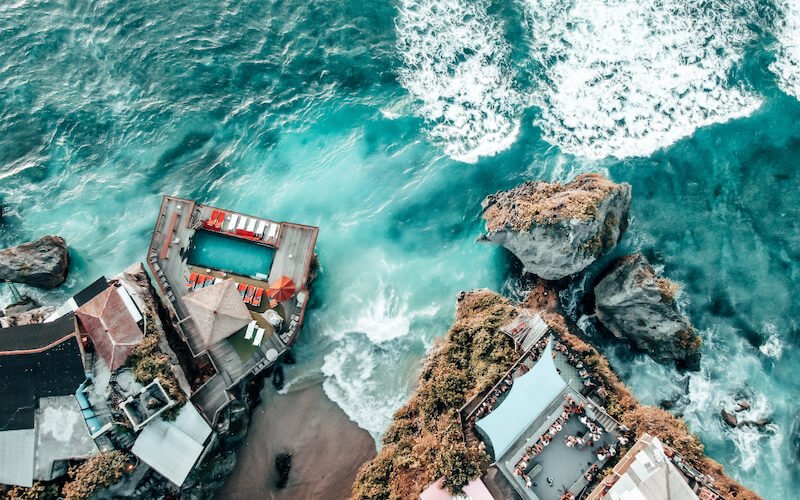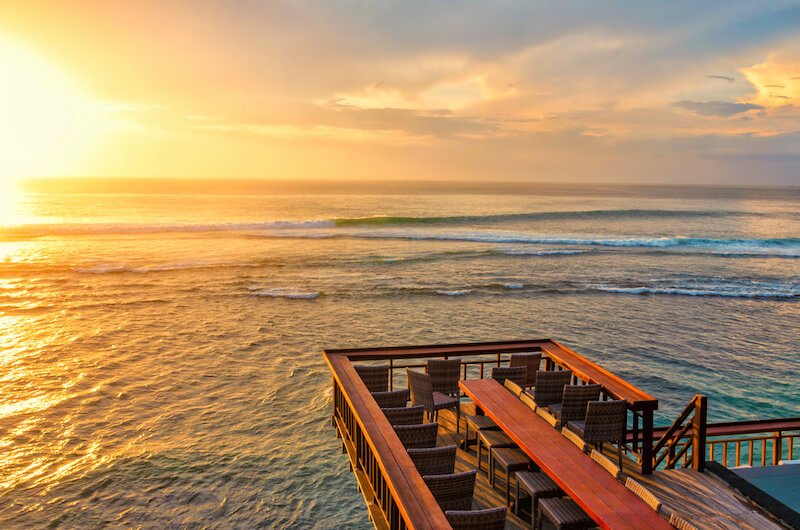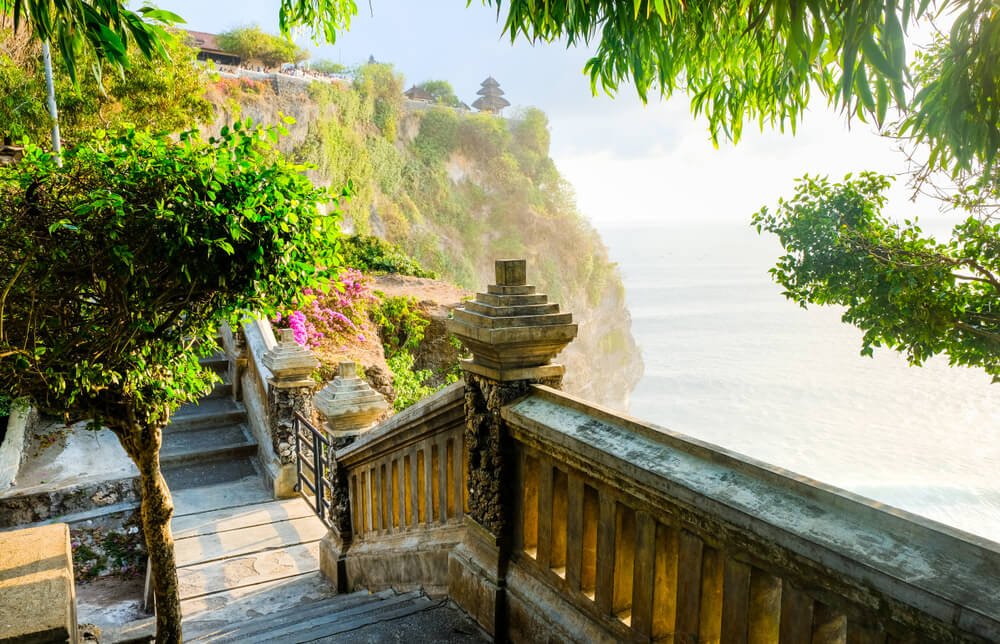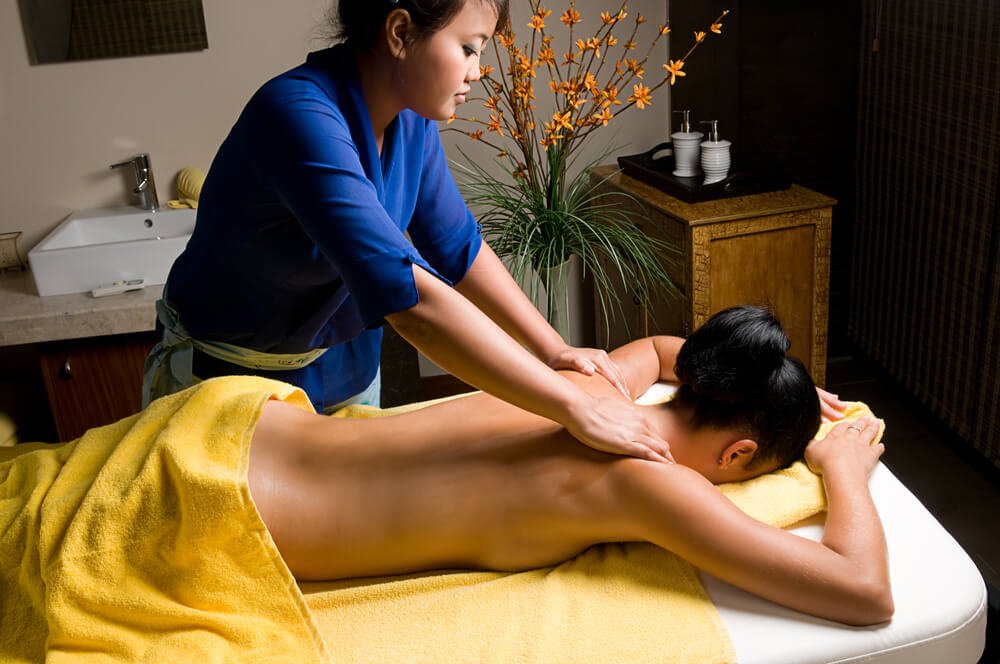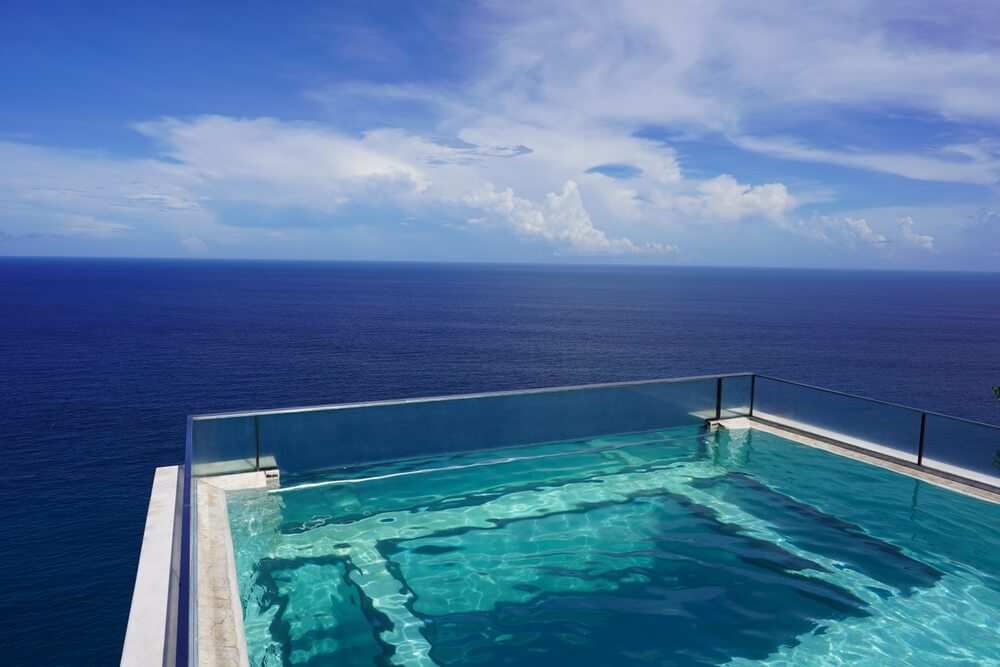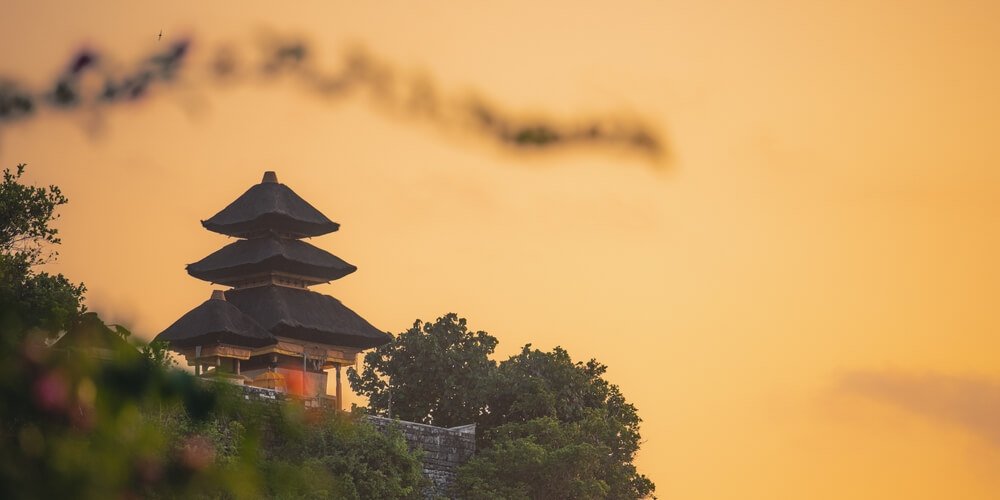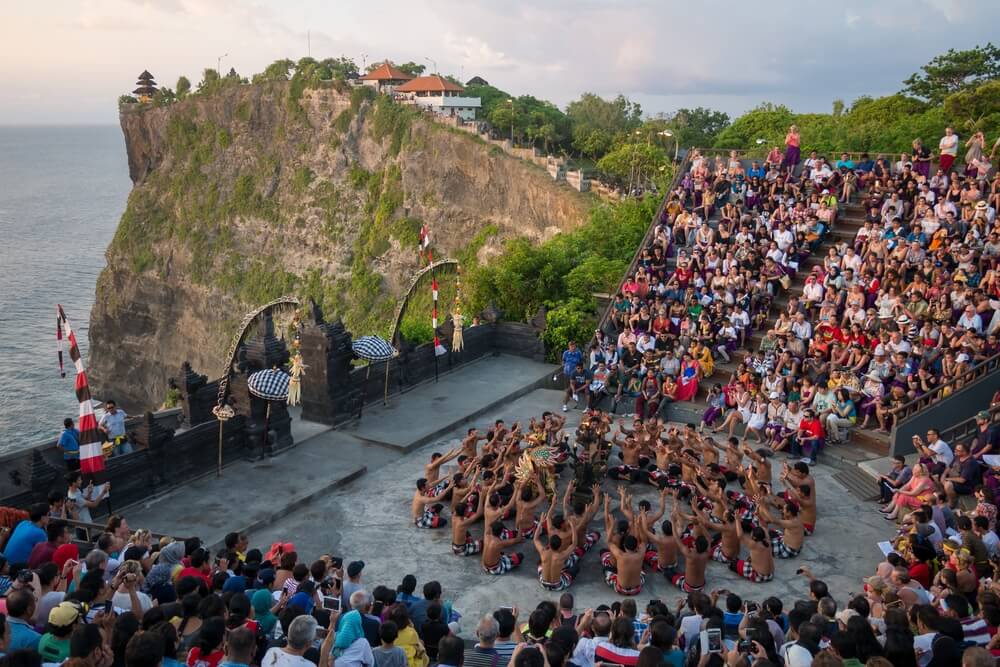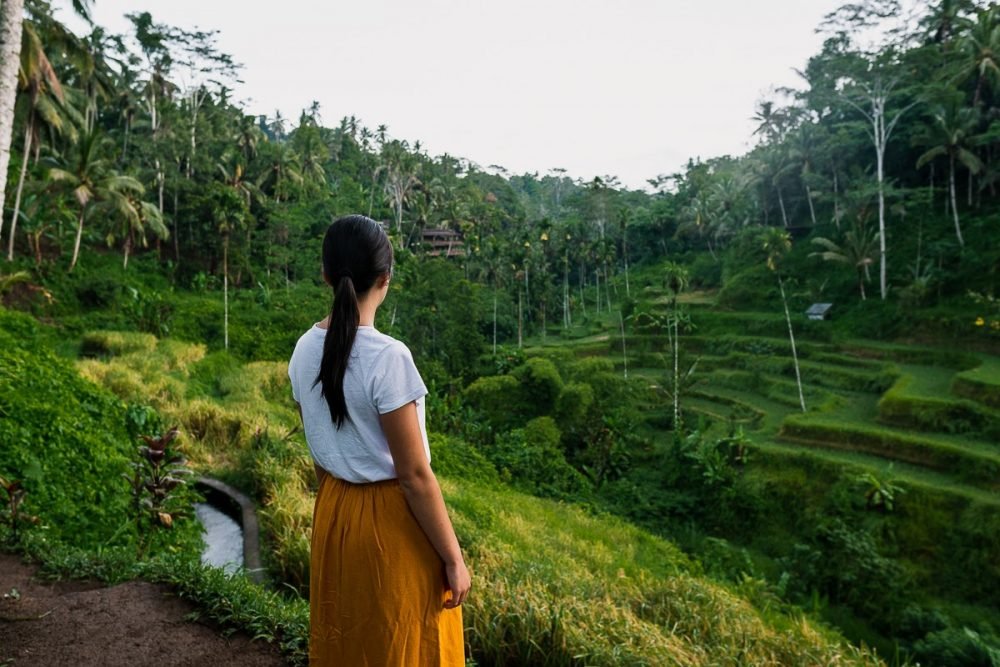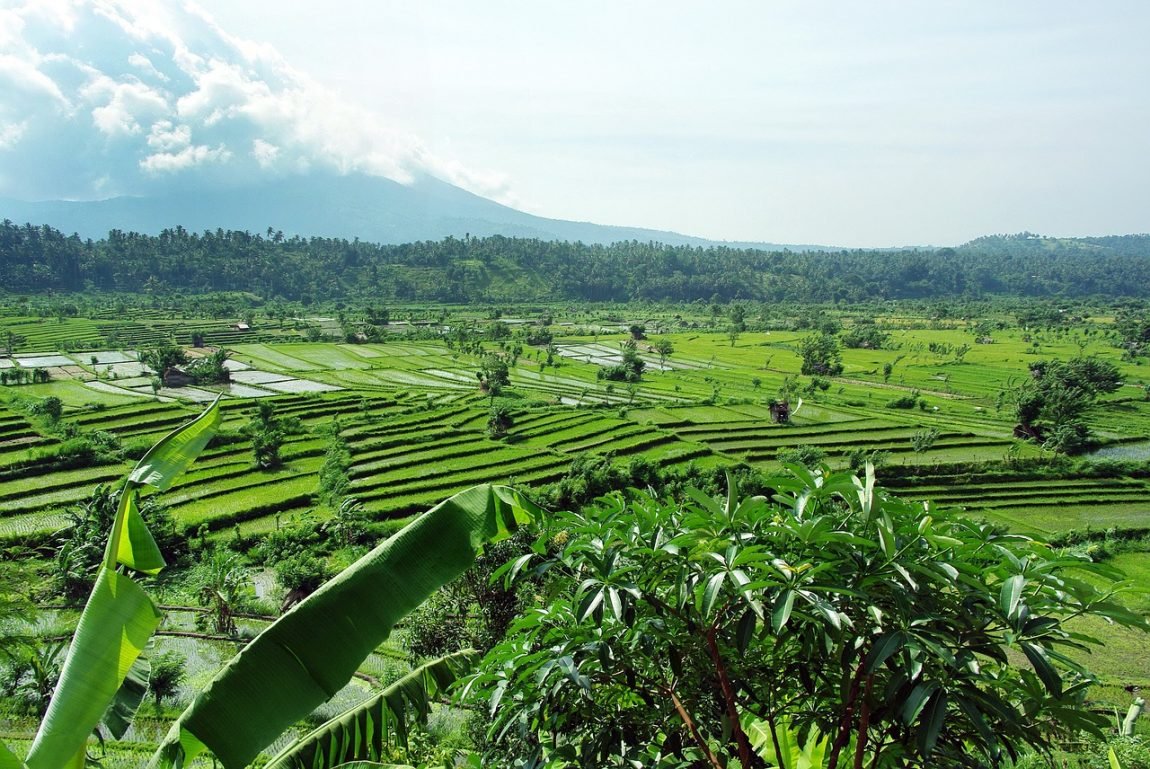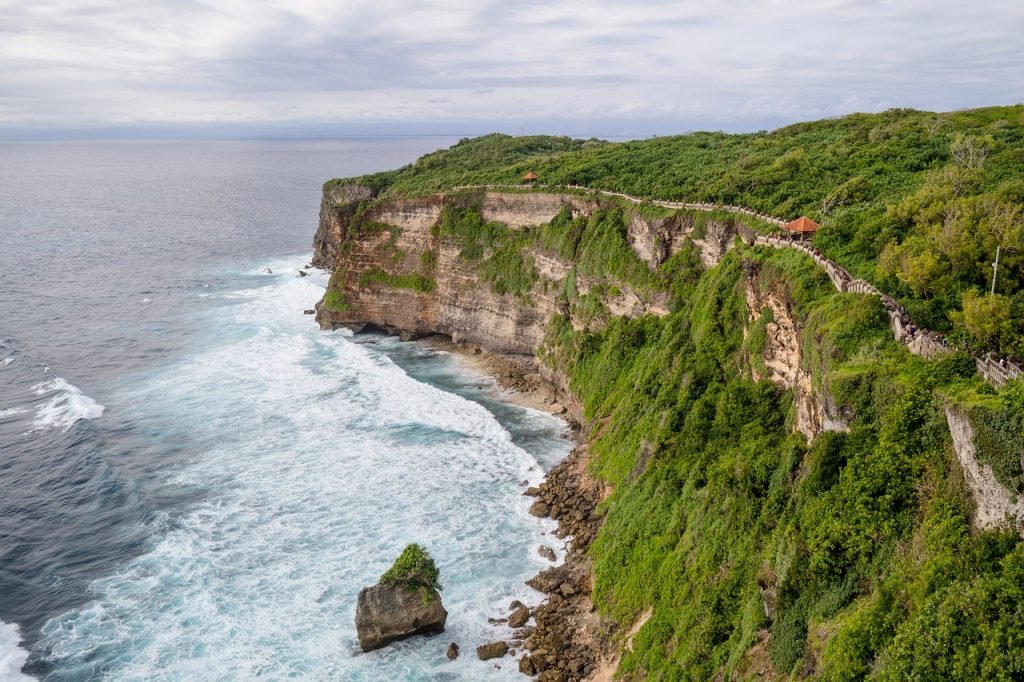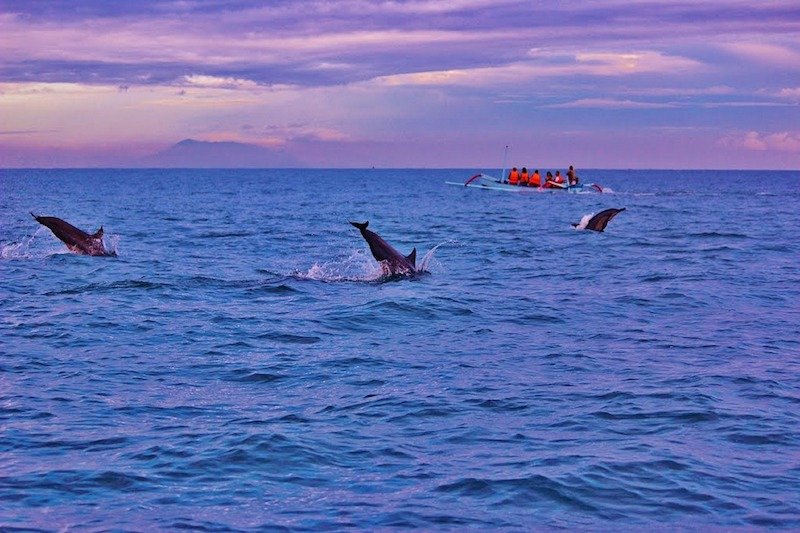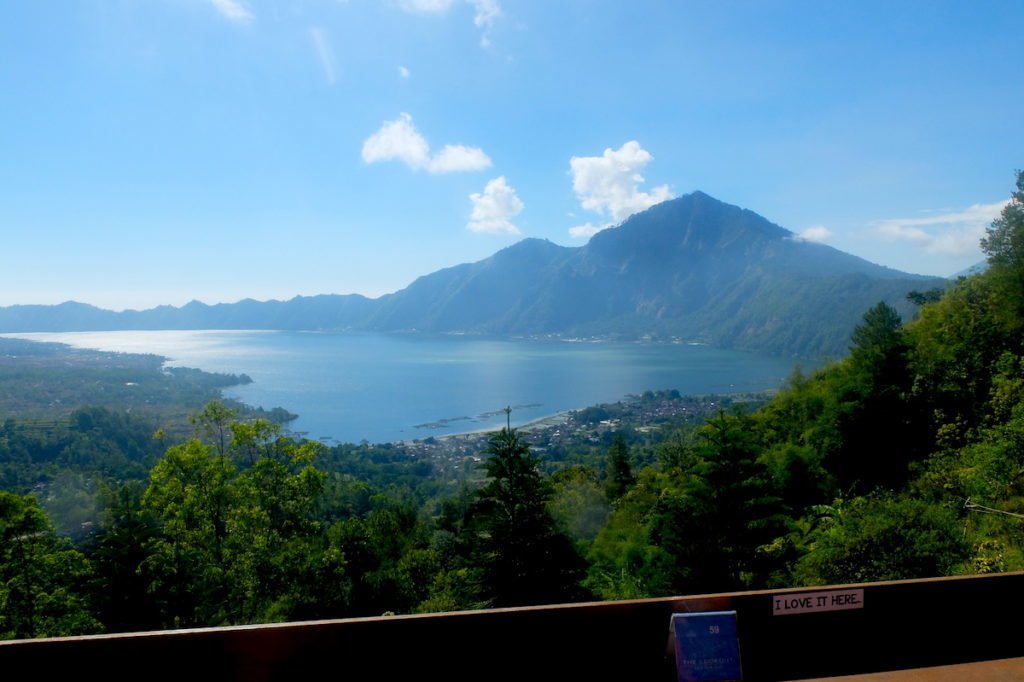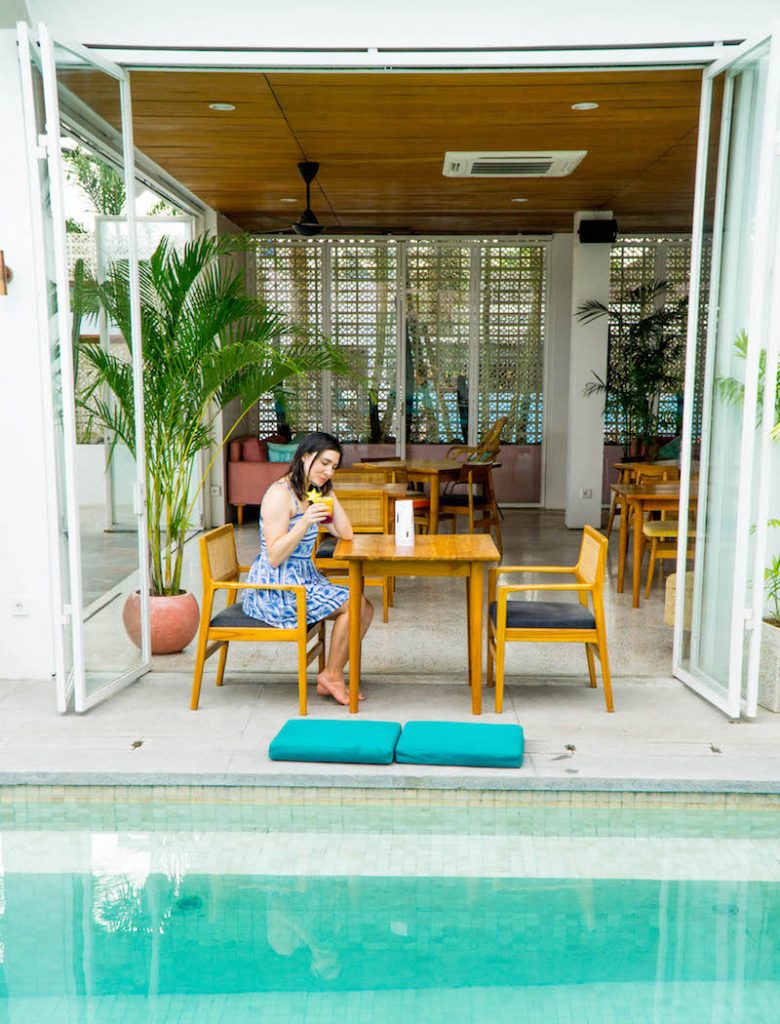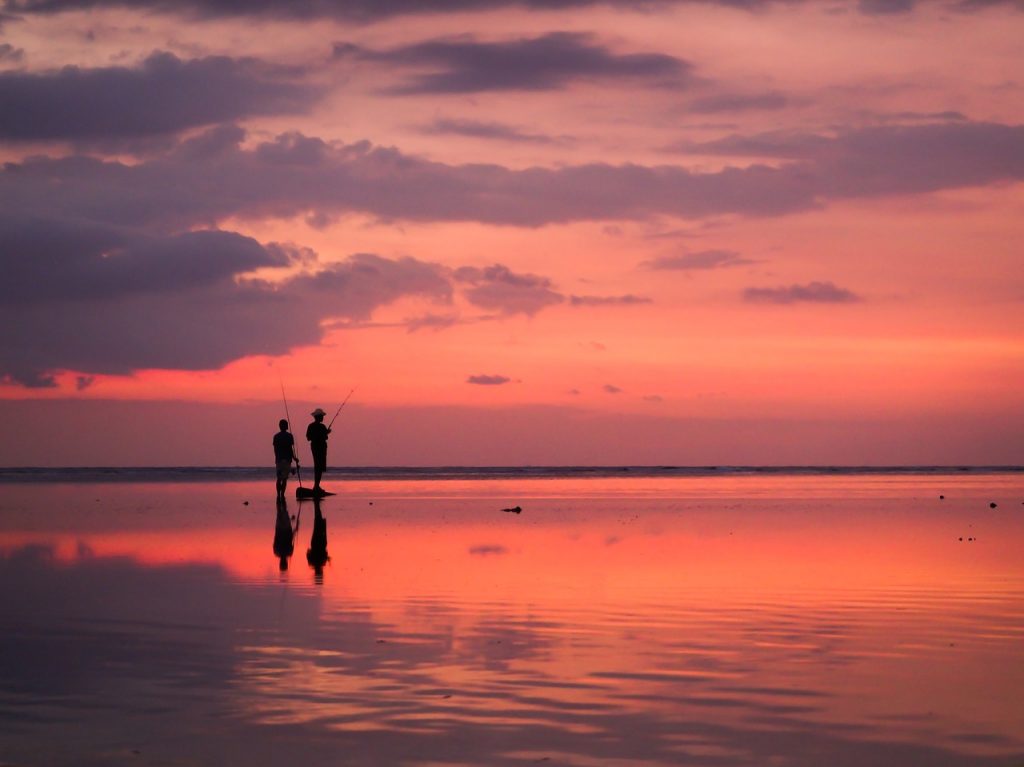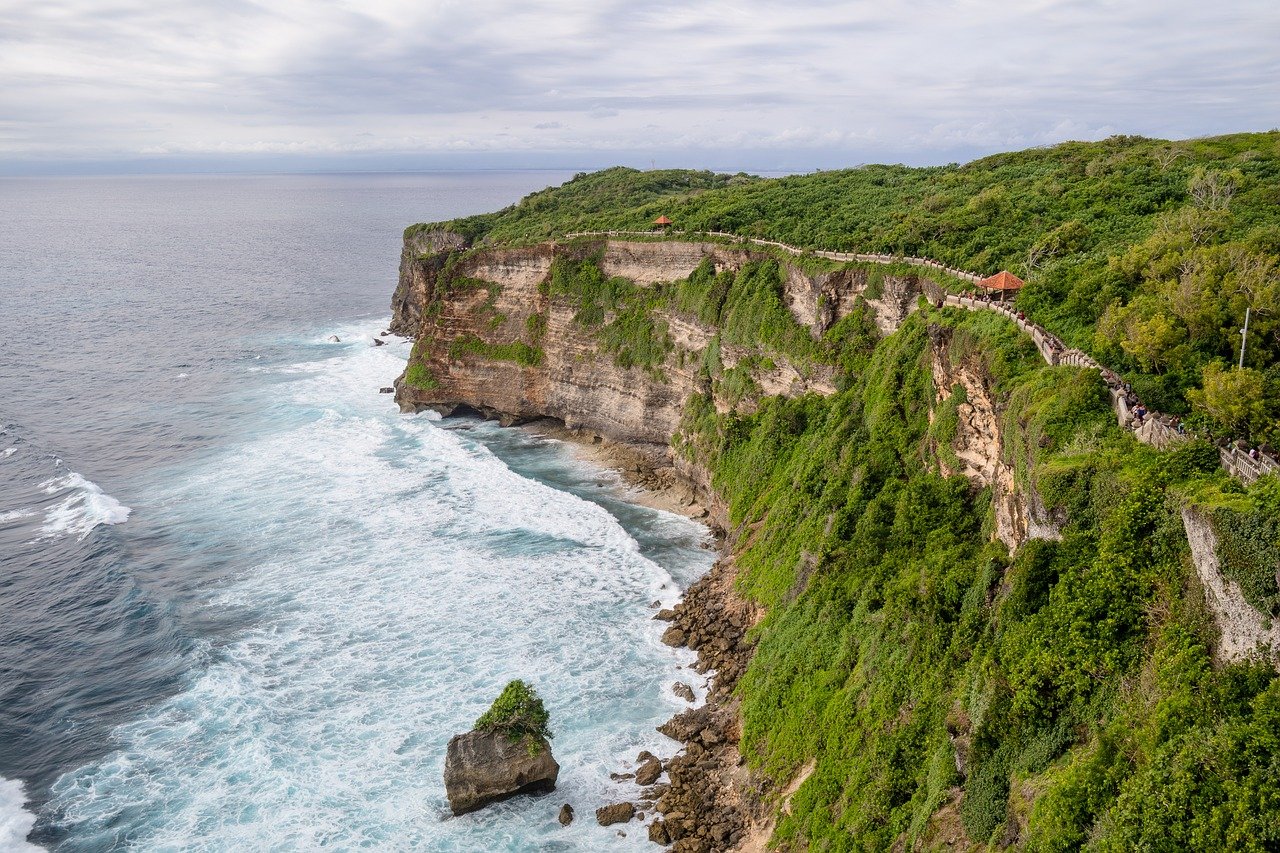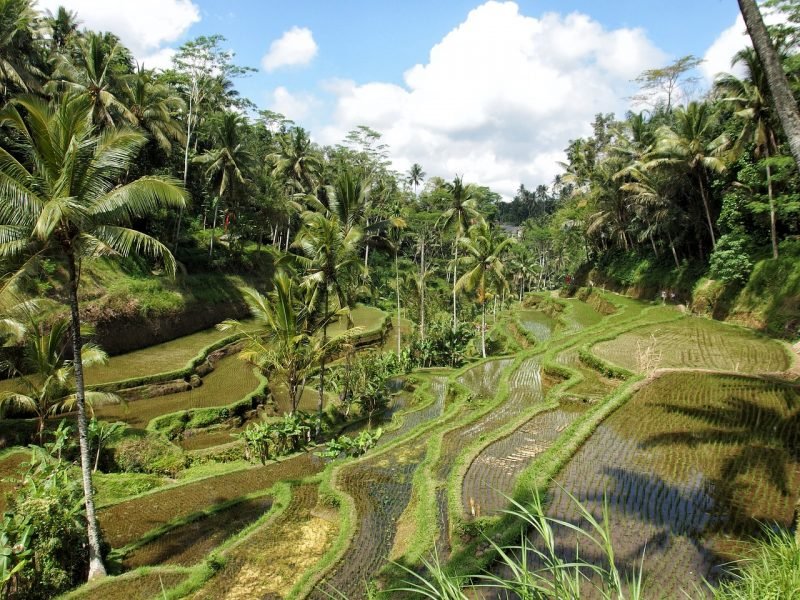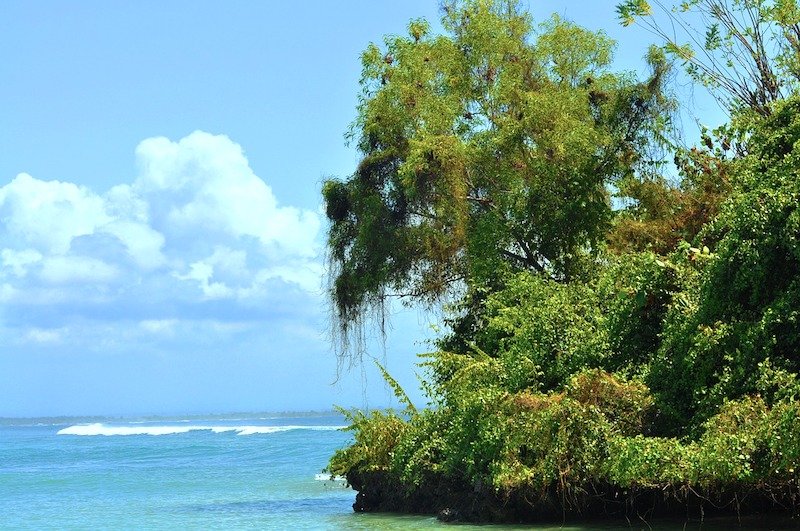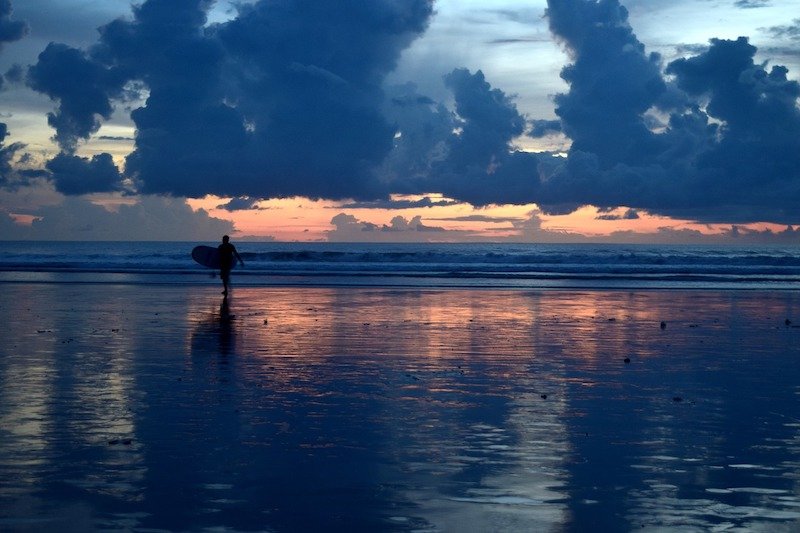If you’re a fan of underwater photography, I don’t need to explain nudibranchs to you.
You probably already know the origins of their name — the Latin root of ‘nudi’ for naked and ‘branch’ for lungs, named for their exposed gills that flutter elegantly in the water.
You probably already know that there are over 3,000 species of nudibranchs, not to mention the endless color variations, and that they can be anywhere from 4 millimeters to even 2 feet long.
And if you don’t know, now you know *Busta Rhymes tune plays, god am I showing my age?*
Anyway, finding nudibranchs in Bali while diving is not surprising.
On every dive I’ve done here, I’ve encountered at least 3, more often 5, and sometimes up to 10 species of nudibranchs on a single tank.
However, it can be overwhelming to try to identify all these Bali nudibranchs — with nearly 3,000 possibilities, identifying a nudibranch sometimes feels like finding a needle in a haystack.
Luckily, I’m a neurodivergent adult with a diving special interest, who treats dive photography like the grown-up version of Pokémon Snap.
I spend hours — yes, literally hours — after each dive analyzing my photos and identifying any animals that, prior to the dive, were unknown to me, so I can keep it in my dive logs.
By the way, you can see my Bali dive logs, alongside my complete dive guides including my favorite dive sites and dive shops, for the following destinations: Amed is complete, and Tulamben, Pemeturan, Menjangan, and the Nusa Islands are coming.
Without further ado, I’ll share with you some of my favorite nudibranchs I’ve spotted in Bali, as well as my best guess on what they are.
Of course, I’m not a marine biologist… I’m just a PADI-certified diver and a hobbyist with an Olympus TG6.
I’m an enthusiastic amateur, meaning my photos are not the best, and my knowledge is not the most scientific.
That said, I hope this can be a jumping off point for you if you are struggling to identify any Bali nudibranchs on your trip!
And of course, these nudibranchs are not limited to just Bali. These little guys hardly carry passports.
I’ve seen many of these same critters while diving in Taveuni’s Rainbow Reef in Fiji, and I’m sure I’ll see them in other places as I dive more of Southeast Asia and the Indo-Pacific.
That said, these are the nudibranchs I saw in Bali, and for each photo, I’ll tell you what dive site I spotted them at!
My Favorite Bali Nudibranchs
Tambja morosa
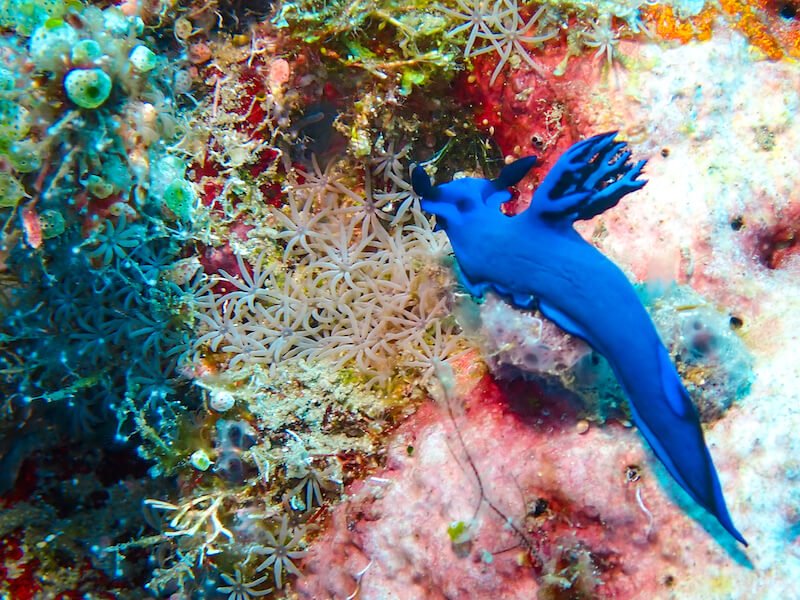
With its moody blue markings and just overall Disney villain aesthetic (Chernabog from Fantasia, anyone?), the Tambja morosa or gloomy nudibranch earns its nickname.
This gorgeous but grumpy-looking little guy stands out in an ocean full of silly faces (Shaun the Sheep, for one) and goofy colors.
This Bali nudibranch is everywhere — when I saw it at the Pyramids dive site in Amed, it was my third sighting, as I had already seen it at the USAT Liberty wreck in Tulamben as well as on my first dive in Lipah Bay).
It’s one of the easiest nudibranchs to identify because of its striking colors and because it’s generally on the larger size, maxing out around 7 cm or 3 inches (although I did once see a tiny baby one in Rakiraki, Fiji, though that’s a rarity!).
Most of the gloomy nudibranchs I saw were probably around 2 inches or 5 centimeters, plus with their brilliant colors, they’re exceptionally easy to spot.
Chromodoris elisabethina
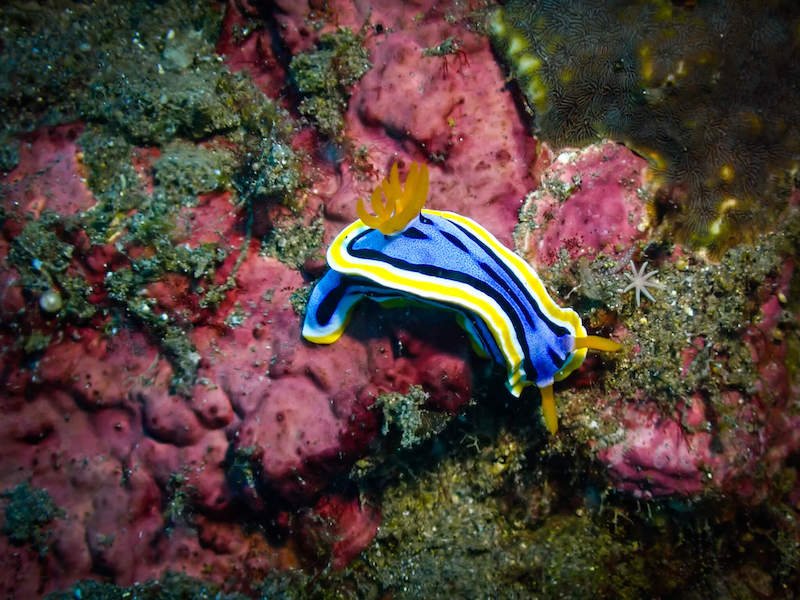
One of the most common nudibranchs you’ll see in Bali are those in the Chromodoris family.
They all look quite similar, with the striated black markings and either white or orange rhinophores (antennae) and gills.
The main differences are in the main color (blue or white), whether their antennae are white or orange, and general pattern distribution.
Just because you see a nudibranch that looks somewhat like this, it doesn’t mean it’s a Chromodoris elisabethina.
Here are a few other Chromis I see often in Bali:
- Chromodoris annae: Very similar to the above, but without the black stripes down the center
- Chromodoris magnifica: More black and white, very stripy with stark pronounced orange mantle, rhinophores, and gills
- Chromodoris willani: Black and white, with no orange markings. White rhinophores and gills.
- Chromodoris dianae: Black and white markings, more ’rounded’ and spotted black markings, orange rhinophores and gills.

… and this isn’t even close to being an exhaustive list!
Chromodoris are exceptionally easy to spot… and then exceptionally difficult to narrow down to the exact species.
If you’re not a perfectionist pedant like me, you can simply just call it a Chromodoris and call it a day!
Hypselodoris apologma

The Hypselodoris genus is one of the most common kinds of dorid nudibranchs in Bali you’ll see.
They’re generally on the larger side, and they have a large “foot” and a floaty “skirt” type mantle.
This makes them look a bit bulkier than other nudibranchs genera (plural of genus), like the Chromodoris, which looks flatter.
They’re often really colorful and sometimes they can be hard to identify between each other!
For example, even with this particular photo, it was hard to decide if this was a Hypselodoris apolegma or a Hypselodoris bullockii.
I’ve eventually identified the former, since in my reading, I’ve learned that the bullockii is actually quite pale in color, more like lavender.
Plus, its white mantle does not have the reticulated (net-like/thread-like, speckled) pattern that leads, ombre-like, into the main color of the nudibranch body.
Hypselodoris tryoni

Frankly, I’d be surprised if you didn’t see this Bali nudibranch at least once on your dives (if you have multiple) — the Hypselodoris tryoni is one of the major fixtures of my dive logs there.
This large sea slug is really hard to miss. It has a gorgeous, almost glowing purple mantle, and a spotted underbelly as well as its back. Its back also has some dark brownish markings, too.
Its gills are white, and its rhinophores are a mix of white with a little violet purple detailing.
One of the other unique things about this nudibranch is that it’s often found with others — which is not that common in the nudibranch world, as these guys tend to be rather solitary.
They’re often found in duos (or even groups up to 4) and often will be quite close to one another, or even touching as a non-mating behavior but just typical behavior.
Scientists don’t understand why, but I think it’s adorable that they are prone to cuddle puddles… little touchy-feely guys.
Goniobranchus geometricus

Another common Bali nudibranch that you’ll see on a lot of dives in Amed and the region is the Goniobranchus geometricus.
It looks a little similar to the Chromodoris in size and shape, but it has the bumpy texture of the Phyllidelia nudibranchs.
This particular nudibranch is really easy to identify due to its bumpy texture, with a brownish-black body with raised white speckles.
But it is most identifiable for its signature pale mint green rhinophores and gills, which makes it really easy to identify.
Hypselodoris confetti

One of my favorite nudibranchs in Bali, the Hypselodoris confetti is a very obvious one to spot and identify, but it’s also a lot of fun!
With a lovely steel-blue body mixed with dark blue and yellow spots, and its signature Hypselodoris orange rhinophores and gills, it’s pretty easy to know you’re looking at a Hypselodoris confetti!
Its name really does describe it perfectly: look at how colorful and celebratory it’s speckled body is!
I’ve only seen this nudibranch once, but it’s still one of my favorites in Bali.
Shaun the Sheep nudibranch (Costasiella kuroshimae)
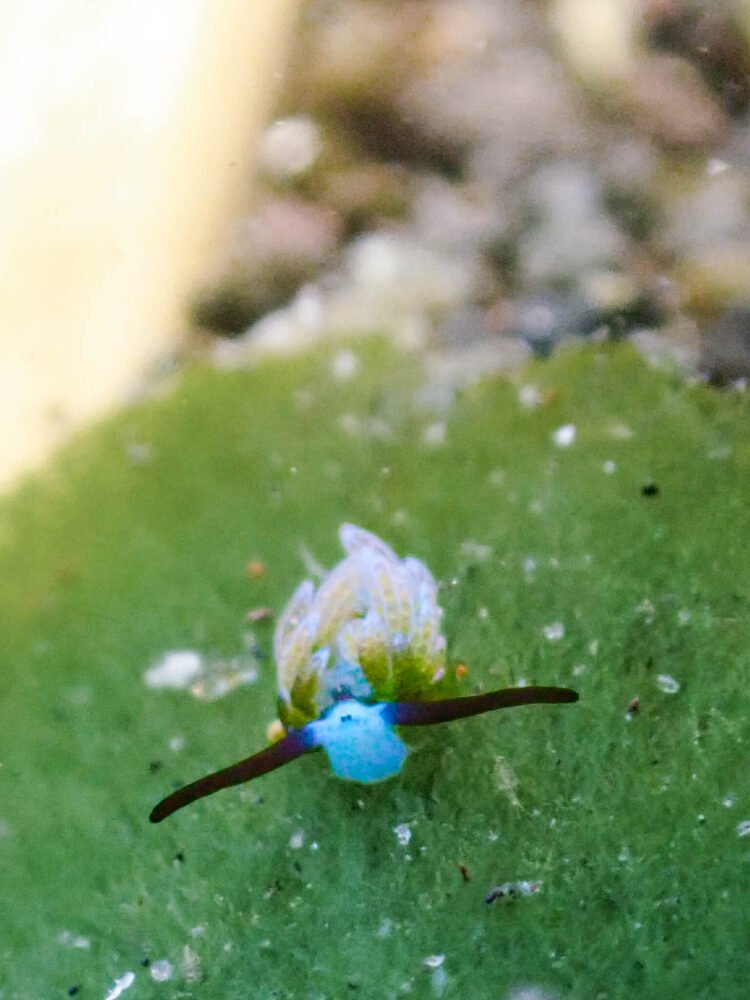
Extremely difficult to spot, and harder to photograph due to its teeny-tiny size, the ‘Shaun the Sheep’ nudibranch is part of the Costasiella family.
The Costasiella kuroshimae is one of the cutest nudibranchs in the world, with tiny dot-like eyes, huge antennae, and an aeolid body with leaf-green color.
This is it zoomed in 11x, and even that isn’t enough — I need to get better at zooming in even more with the macro mode on my Olympus TG6!
Costasiella kuroshimae are one of the tiniest nudibranchs, starting at a mere 5 millimeters in size (that’s just 0.2 of an inch!) to 1 centimeter (about 0.4 inches).
This makes them exceptionally hard to photograph, especially since they have so many details once you zoom in.
Mexichromis multituberculata
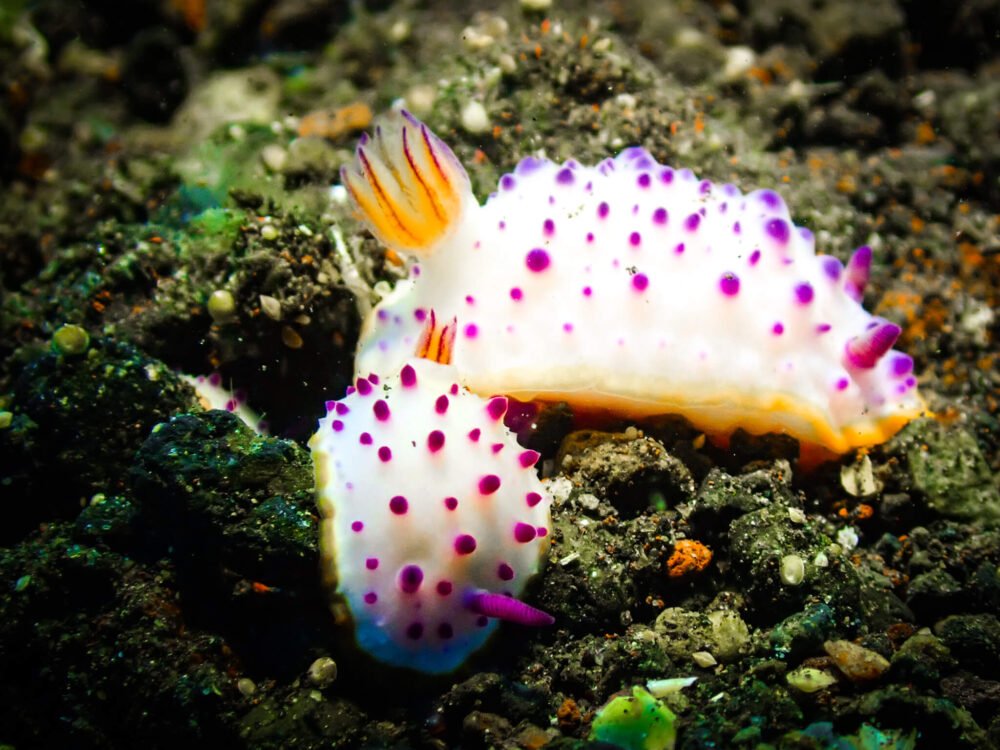
The Mexichromus genus is another one that’s a little hard to nail down — there are a lot that look quite similar to one another, and I struggled to pin down the ID on this one.
I also looked at whether this was a Mexichromis mariei or a Mexichromis katalexis… and frankly, I’m still not certain!
I think I saw a variety of Mexichromis types on this one dive, as there were some similarities and differences with this nudibranch that I’m not sure boil down to being different species or just different color expressions.
In general, the Mexichromis is a “bulkier” type of nudibranch, with a more bulbous body and a bumpy texture, with either protruding speckles or more craggy texture.
At their most basic, these nudibranchs have white bodies with purple speckles, and sometimes with additional orange coloration, like additional speckles, a mantle, or gills.
Hypselodoris decorata

Another one of the Hypselodoris genus (home to many of my favorite nudibranchs), the Hypselodoris decorata — also named the spotted Hypselodoris — is another favorite in Bali.
Even though its colors aren’t as crazy as some of the other nudibranchs in Bali, it’s still a beauty.
It’s mostly brownish-orange, with interesting decoration in that it has a very speckled mantle and then a back that is striped with all sorts of unique patterns (which is what makes it so hard to identify!).
One indicator that strongly places it in the Hypselodoris decorata camp is its rhinophores, which are white with orange bands — a unique feature that other Hypselodoris types don’t necessarily have.
Goniobranchus hintuanensis
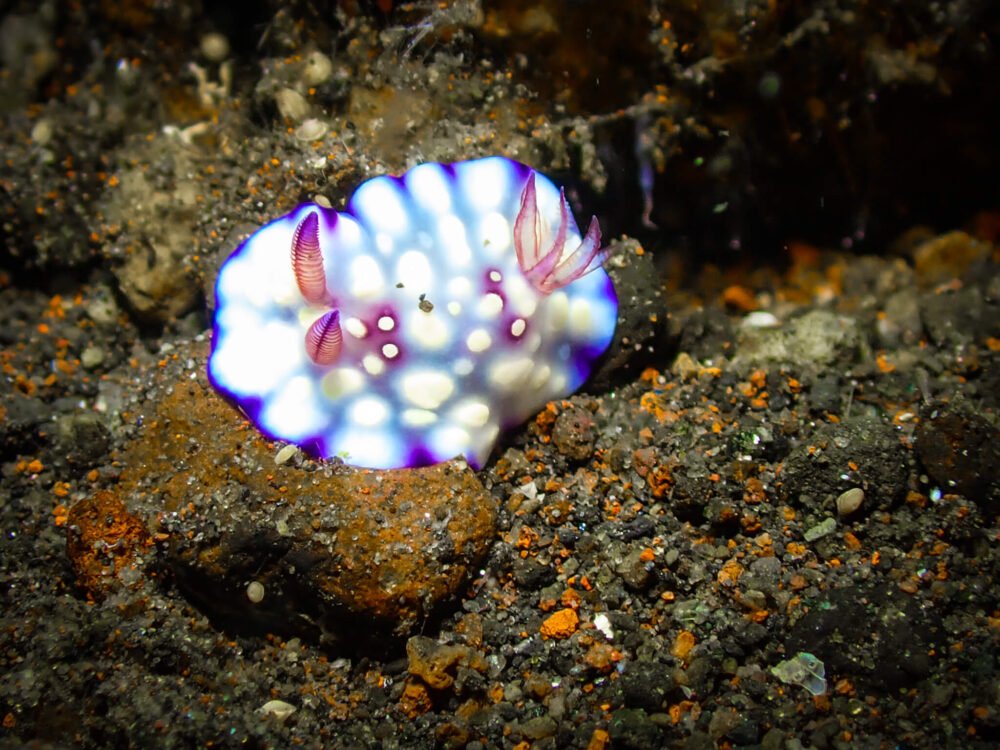
Another fixture in the Bali nudibranch scene, I’ve lost count of how many Goniobranchus hintuanensis I’ve seen.
They are easy to identify because they are quite flat compared to other nudibranchs, but they have brilliant purple rhinophores and gills.
A similar nudibranch in this family, the Goniobranchus kuniei, who also have a funny way of moving, fluttering their mantle up and down, which earned them the ‘Marilyn Monroe’ nudibranch nickname as it looks like their skirt flies up!
For whatever reason, this poor nudibranch has gotten the much less glamorous nickname ‘bus stop nudibranch’, but I think it deserves better!
Flabellina rubrolineata
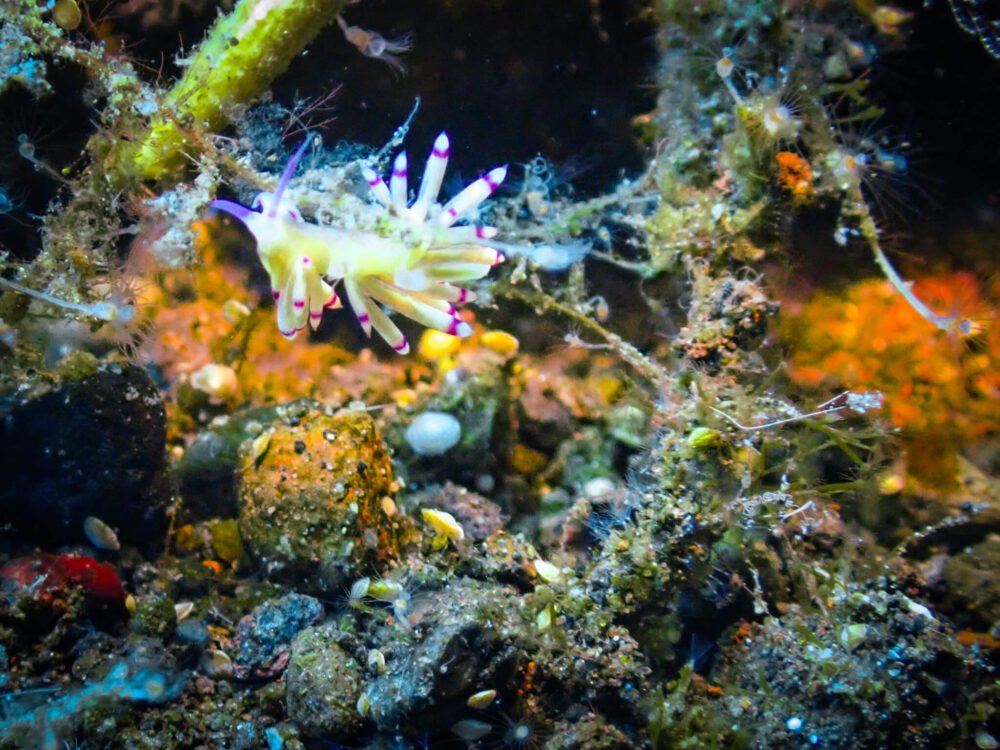
An aeolid type of nudibranch, the Flabellina genus is another favorite of mine — they’re so elegant!
This family is what the ‘Spanish shawl’ nudibranch (the Flabellina iodine) belongs to, which is one of my favorite nudibranchs I saw in Fiji.
The Flabellina rubrolineata or red-lined flabellina is quite a beauty and comes in a really wide variety of color breakdowns… so you might see one that is the same species but looks very different.
This version has a nearly all-white body with purplish rhinophores and striped ‘cerata’, which are the external lash-like extensions that all aeolid-type nudibranchs have.
But there are also versions that are nearly entirely purple, with flecks of white and maybe a tiny bit of orange, as well as versions that are somewhere in between.
It’s believed this may actually be part of a series of species rather than one species, but as of now, it falls under the Flabellina rubrolineata umbrella.
Allison Green is a former teacher who has been travel blogging since 2016. She has a Masters in Teaching and a B.A. in English and Creative Writing. Her blog posts merge her background as an educator with her experience traveling to 70+ countries to encourage ethical, meaningful travel. She has been a speaker at the World Travel Writers Conference and her writing, photography, and podcasting work has appeared in National Geographic, CNN Arabic, CBC Canada, and Forbes, amongst others. Now a full-time traveler, she has lived in Prague, Sofia, New York City, and the San Francisco Bay Area.



